The Netherlands, often referred to as Holland, is a captivating country known for its iconic windmills, vibrant tulip fields, and charming canal-lined cities.
Nestled in northwestern Europe, this low-lying nation has a rich history shaped by its relationship with water, from building dikes and reclaiming land from the sea to becoming a maritime powerhouse during the Dutch Golden Age of the 17th century. During this time, the Netherlands flourished as a center of trade, art, and science, producing legendary painters like Rembrandt and Vermeer.
Today, it is a modern, progressive country that blends centuries-old traditions with cutting-edge innovation. From the historic streets of Amsterdam to the storybook villages and scenic countryside, the Netherlands offers a blend of cultural depth, natural beauty, and warm hospitality that makes it a delight to explore—no matter your travel style.
Same
We balanced those urban moments with peaceful countryside escapes, getting lost in the charm of windmills at Zaanse Schans, exploring traditional fishing villages like Volendam, and hopping between cheese farms and tasting rooms.
Amsterdam
Amsterdam, the capital of the Netherlands, is a city where old-world charm meets modern vibrance. Known for its picturesque canals, historic architecture, and world-class museums, it offers something for every kind of traveler. Whether you’re exploring by bike, boat, or on foot, Amsterdam’s laid-back energy and cultural richness make it an unforgettable destination.
We began our urban exploration with a canal cruise, an iconic way to experience the city. Drifting slowly through the network of waterways, we passed elegant 17th-century townhouses, charming arched bridges, and lively neighborhoods bustling with cyclists and café-goers. The water offered a serene vantage point, allowing us to admire the intricate gables and layered history of the buildings that line the canals. It was a peaceful yet immersive way to connect with the rhythm and layout of the city.
One of the most profound moments of our trip came with our visit to the Anne Frank House. Standing in the very space where Anne and her family spent years in hiding during World War II was both sobering and deeply moving. Walking through the narrow rooms of the secret annex, we felt the weight of history and the courage it must have taken to live in such confined fear. The museum’s thoughtful exhibits, combined with Anne’s powerful words, left us with a renewed appreciation for the resilience of the human spirit and the importance of remembering the past.
Later that evening, we ventured into the Red Light District, a part of Amsterdam often shrouded in stereotype but rich with cultural complexity. With open minds, we explored the neighborhood’s glowing canals, buzzing nightlife, and centuries-old architecture. We found it to be vibrant, unapologetically authentic, and surprisingly welcoming. The district revealed a city that isn’t afraid to confront difficult topics with honesty and humanity. Far from seedy, the experience gave us insight into Amsterdam’s progressive values and its embrace of individual freedom, making it a fascinating and essential part of our journey.
Dutch Cuisine
Dutch cuisine is hearty, comforting, and often shaped by the country’s seafaring history and agricultural traditions. While not as internationally famous as some European cuisines, the Netherlands offers a delicious mix of savory street snacks, sweet treats, and traditional home-style dishes.
- Stroopwafel – A chewy waffle cookie with a caramel-like syrup filling, best enjoyed warm from a street vendor.
- Haring (Raw Herring) – A salty delicacy traditionally eaten with onions and pickles, often by holding the fish by the tail and taking a bite.
- Bitterballen – Crispy, deep-fried meatballs filled with a savory beef ragout, typically served with mustard as a bar snack.
- Poffertjes – Fluffy mini pancakes dusted with powdered sugar and butter, popular at markets and festivals.
- Patat – Thick Dutch fries served in a cone and topped with sauces like mayonnaise, curry ketchup, or the famous “patat oorlog” with satay sauce and onions.
- Kibbeling – Battered and fried chunks of white fish, served with garlic or tartar sauce, often found at seaside stalls.
- Erwtensoep (Snert) – A thick pea soup filled with pork and sausage, especially comforting during the cold Dutch winters.
- Gouda Cheese – One of the world’s most famous cheeses, often aged for added depth and available at vibrant local markets.
- Oliebollen – Dutch doughnuts traditionally eaten on New Year’s Eve, dusted with powdered sugar and sometimes filled with raisins or apples.
- Jenever (Dutch Gin) – A juniper-flavored liquor considered the predecessor to modern gin, traditionally served in a tulip-shaped glass filled to the brim. We had some at the Three Little Bottles Bar (Drie Fleschjes) – Amsterdam’s oldest tasting room where you can try jenever the traditional way—hands-free, by bending over and slurping the drink directly from the glass before picking it up.
- FEBO Vending Machine Food – A uniquely Dutch fast-food experience where you grab hot snacks like kroketten (croquettes) and frikandel (sausage rolls) directly from vending machines on the street.
Zaanse Schans
Our day of delights began with a peaceful journey through the Dutch countryside, leading us to the enchanting village of Zaanse Schans—an open-air museum that feels like it’s been lifted straight from a 17th-century Dutch painting. Nestled along the banks of the Zaan River, this area was once a bustling hub of industry during the Dutch Golden Age, with over 600 windmills powering sawmills, oil presses, and more. Today, a carefully preserved collection of windmills, wooden houses, barns, and workshops recreates the charm of that era, allowing visitors like us to experience a slice of traditional Dutch life.
As we strolled through the cobblestone paths and wooden bridges, we stopped to watch a clog-making demonstration at a workshop where skilled artisans used authentic machinery to shape wooden shoes with remarkable speed and precision. It was fascinating to see how this iconic Dutch footwear—once worn daily by farmers and workers—continues to be made with the same tools and techniques from centuries past. We even tried on a few pairs for fun and were surprised at how comfortable they were!
Next, we ventured into one of the working windmills, where the wooden gears creaked and turned with the power of the wind. Inside, we learned how different mills were designed for specific purposes—grinding spices, sawing wood, or extracting oil. Climbing to the upper level gave us a sweeping view of the green fields and river, a vivid reminder of how the Dutch harnessed nature to fuel innovation and commerce.
Our final stop was a cozy cheese farm where the air was filled with the delicious scent of fresh dairy. We learned about the art of making Gouda cheese, from curdling the milk to aging the wheels in wooden racks. The best part? Tasting! We sampled several varieties, from creamy young cheeses to sharper, aged versions, and even took some home as edible souvenirs.
Zaanse Schans offered us more than just pretty scenery—it was a fully immersive experience into Dutch heritage. The slower pace, the preservation of craftsmanship, and the warm welcome made it one of the most memorable parts of our trip.
Volendam
We took a side trip to the picturesque seaside town of Volendam, and it felt like stepping into a postcard. This charming fishing village on the shores of the IJsselmeer is known for its colorful wooden houses, traditional Dutch costumes, and vibrant maritime culture. Once a humble 14th-century harbor town, Volendam grew into a thriving fishing community, and today it’s one of the Netherlands’ most beloved destinations for both locals and visitors.
As we arrived, the lively harbor welcomed us with rows of boats bobbing gently in the water and the scent of fresh seafood drifting through the air. The promenade buzzed with life—musicians playing street tunes, vendors selling sweet stroopwafels and herring, and cheerful locals inviting us into their shops and cafés. We strolled along the waterfront, marveling at the bright facades of the old fishermen’s houses, each one uniquely painted and adorned with flowers.
One of our favorite experiences was sampling the local catch of the day. We couldn’t resist trying kibbeling—crispy battered fish bites served with a tangy garlic sauce—and of course, the famous raw herring served with onions and pickles. The flavors were fresh, bold, and perfectly complemented the salty sea breeze.
In between bites, we browsed the quaint boutiques selling hand-painted ceramics, lace, and souvenirs. We even popped into a photo studio where visitors can dress in traditional Dutch costumes for a fun keepsake. Stopped for a beer and some mussels at a sea side restaurant.
Volendam’s mix of authentic culture, scenic beauty, and warm hospitality made it more than just a stop on our itinerary… it was a highlight. The slower pace, peaceful waters, and charm of this coastal gem left us feeling like we had discovered a hidden Dutch treasure.
Summary
The Netherlands is a country that captivates with contrast—where historic charm meets modern progress, and quiet countryside coexists with vibrant cities. Whether we were gliding along the canals of Amsterdam, slurping jenever hands-free at an old tasting room, or grabbing hot snacks from a vending machine, every moment felt uniquely Dutch. We stepped back in time among windmills and clog-makers in Zaanse Schans and embraced the maritime soul of Volendam through its food, traditions, and friendly locals.
From profound history and cultural depth to quirky cuisine and scenic serenity, the Netherlands surprised and delighted us at every turn. It’s a destination that rewards curiosity, welcomes all types of travelers, and proves that small countries can offer big experiences.
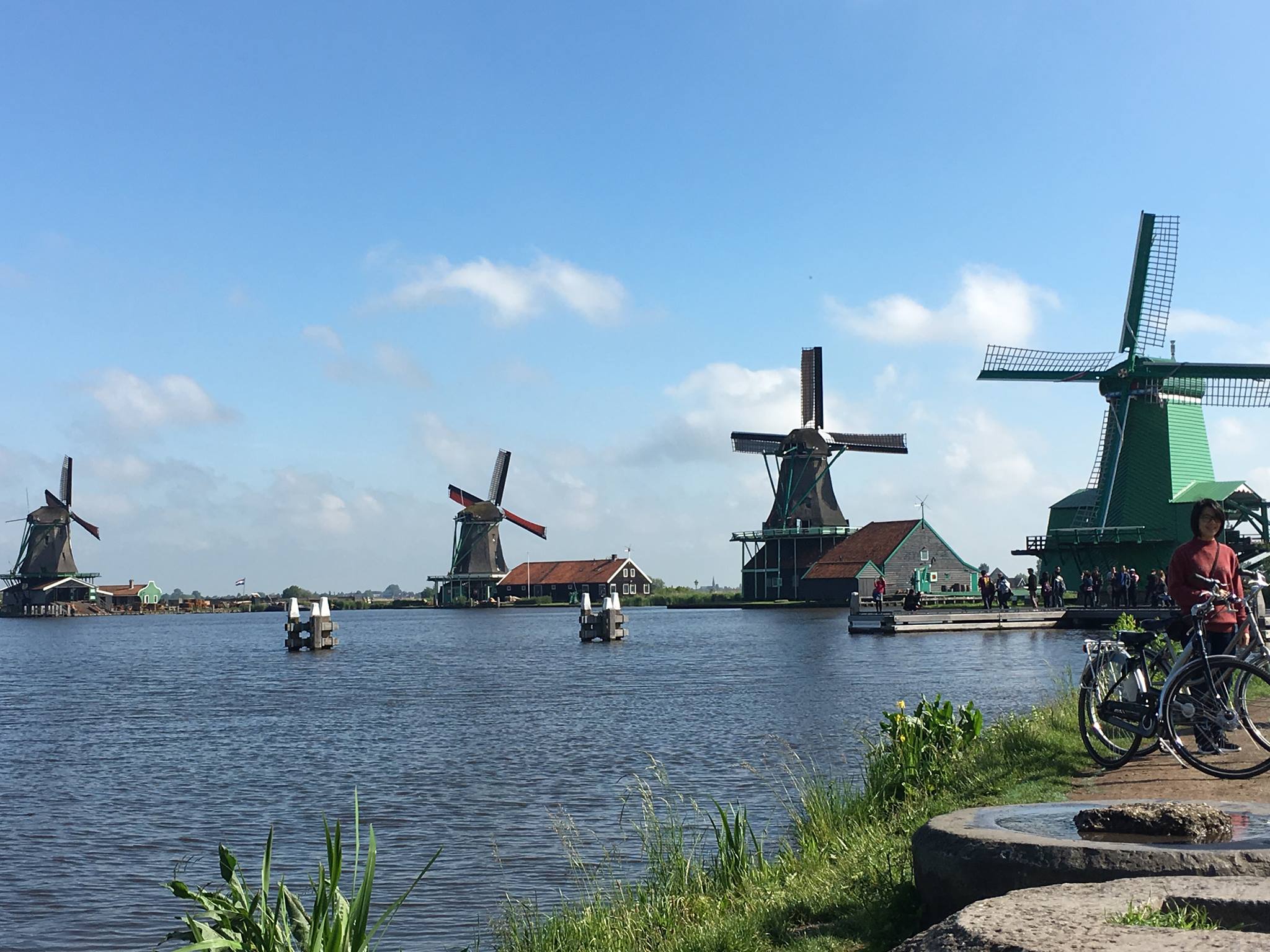
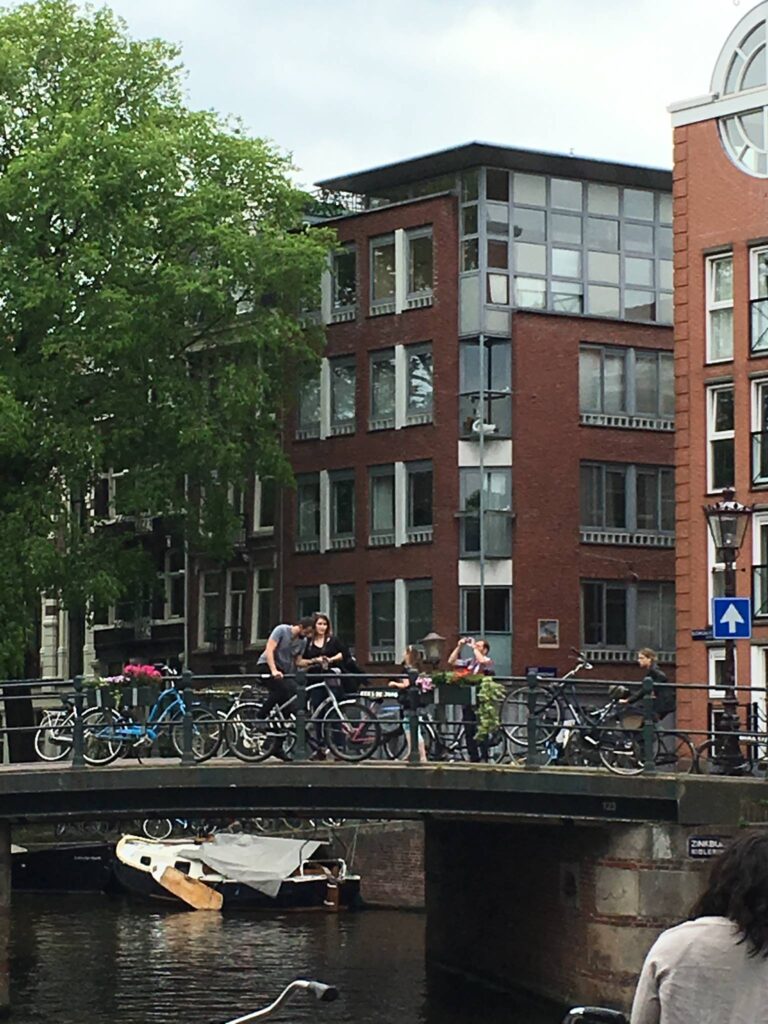
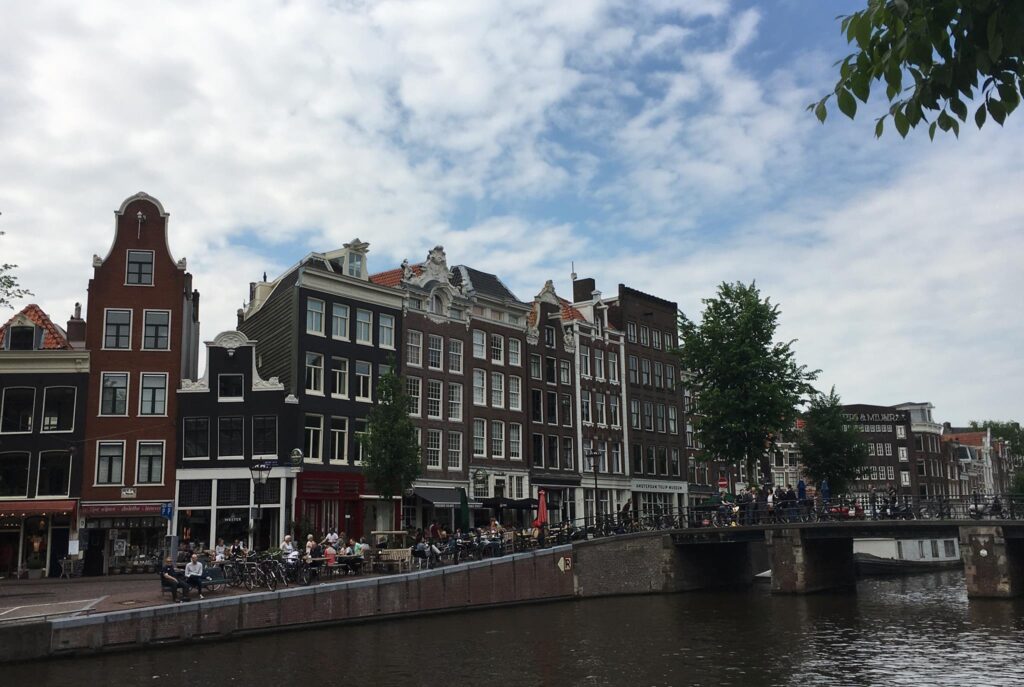
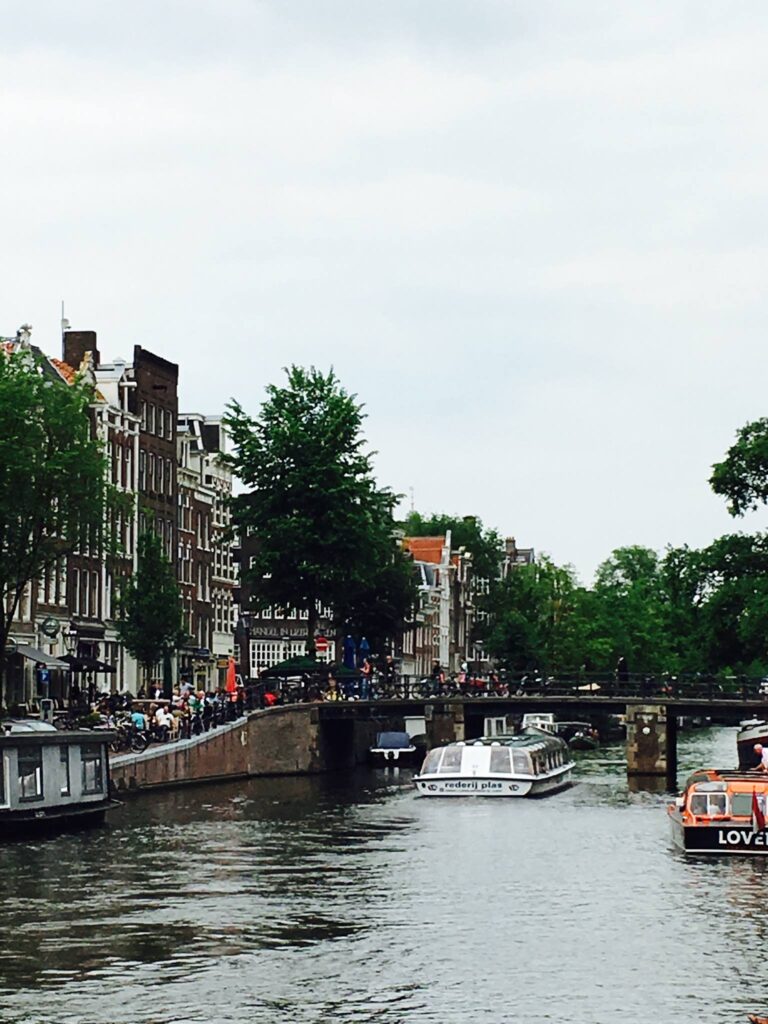
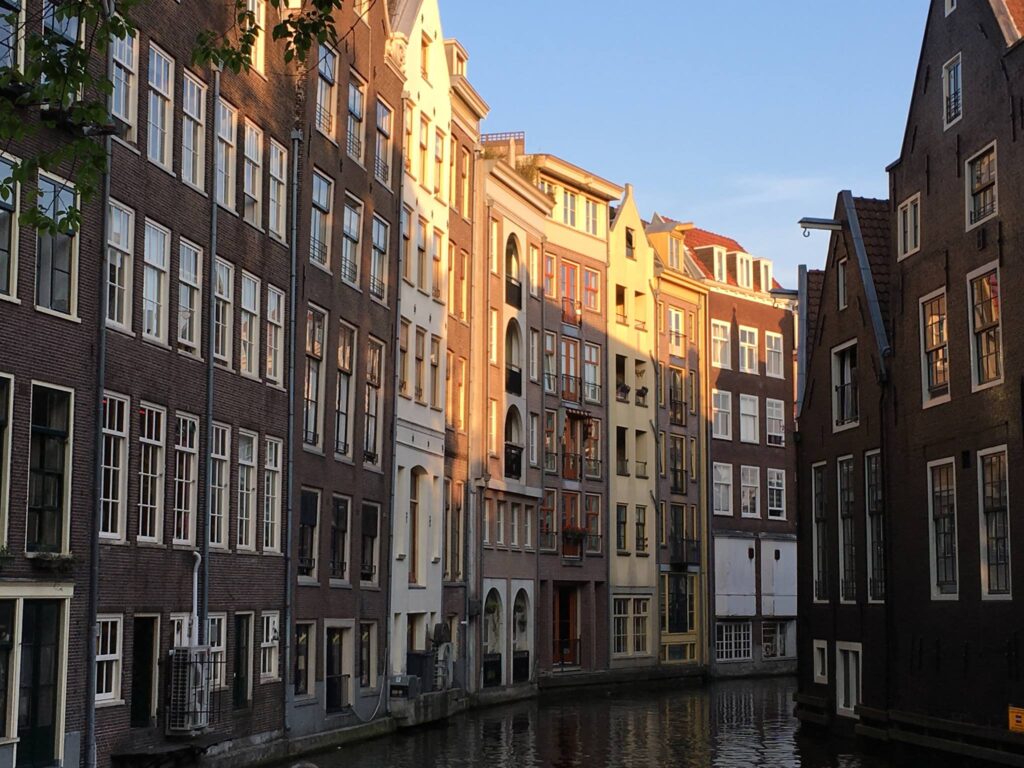
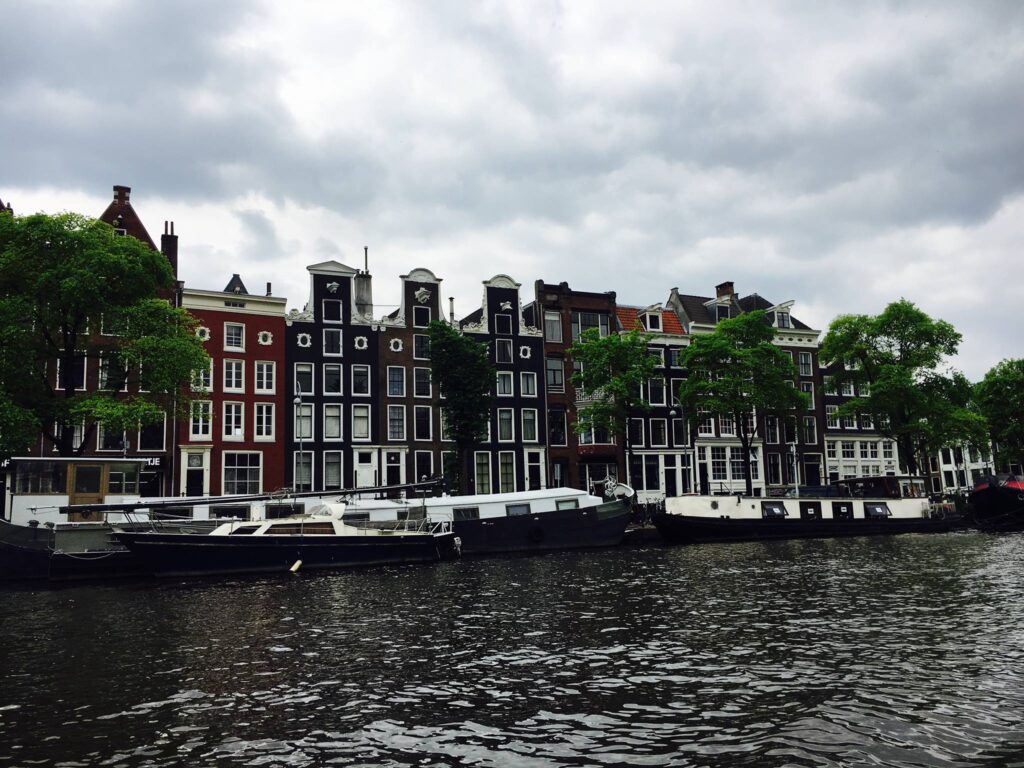
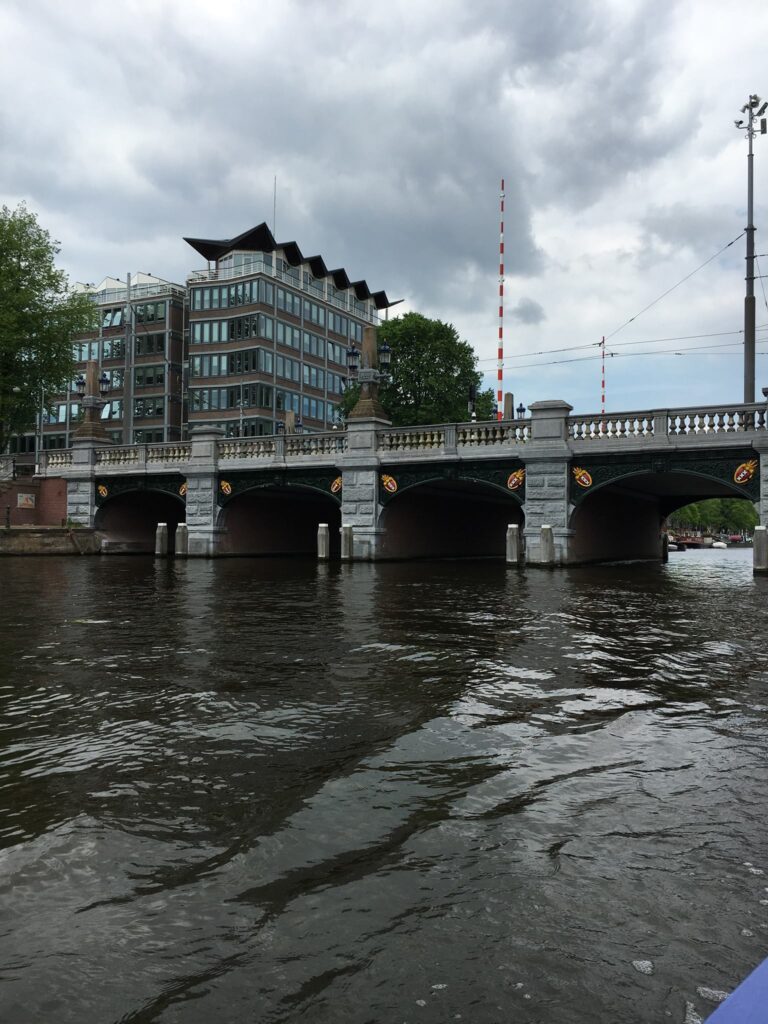
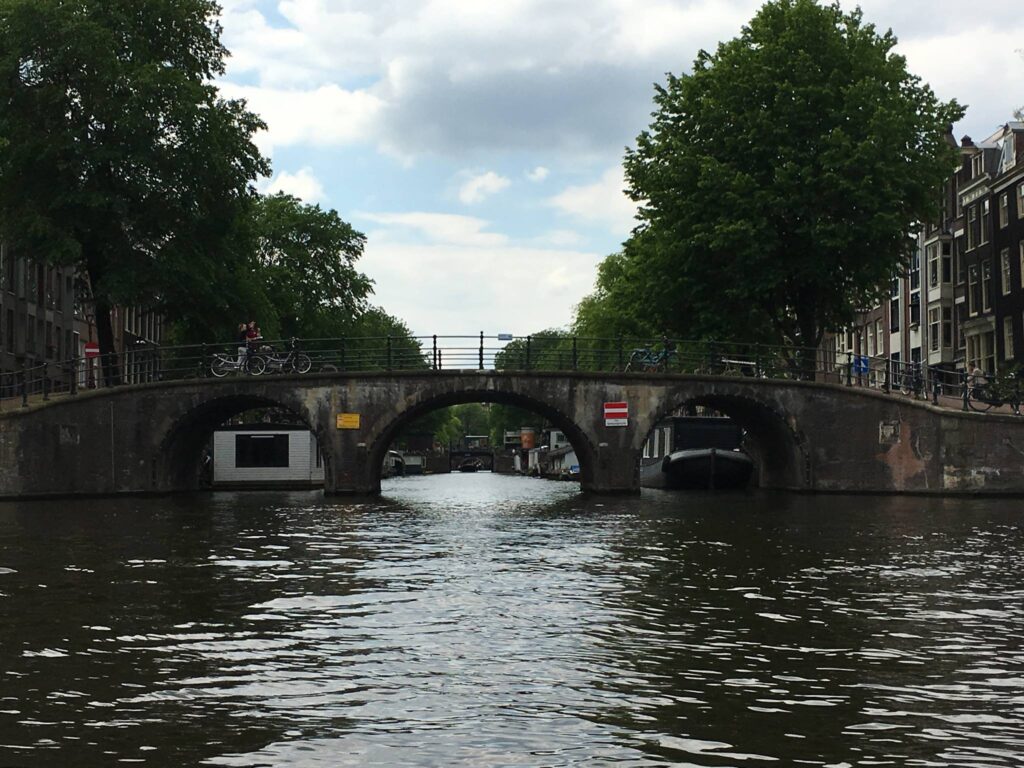
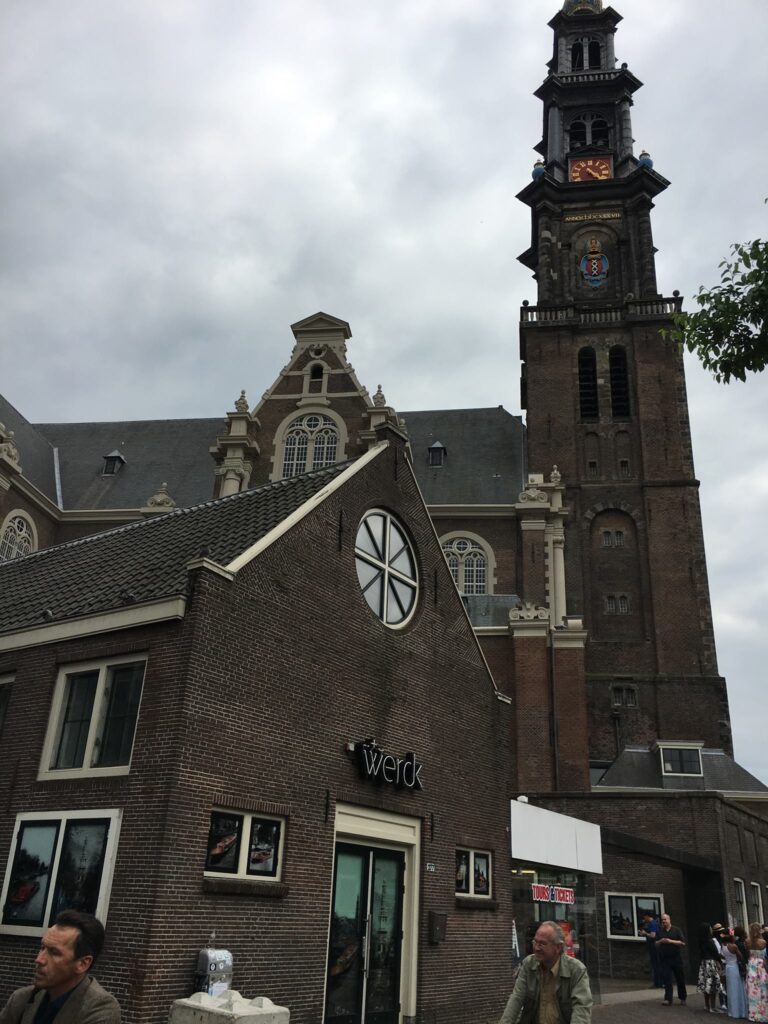
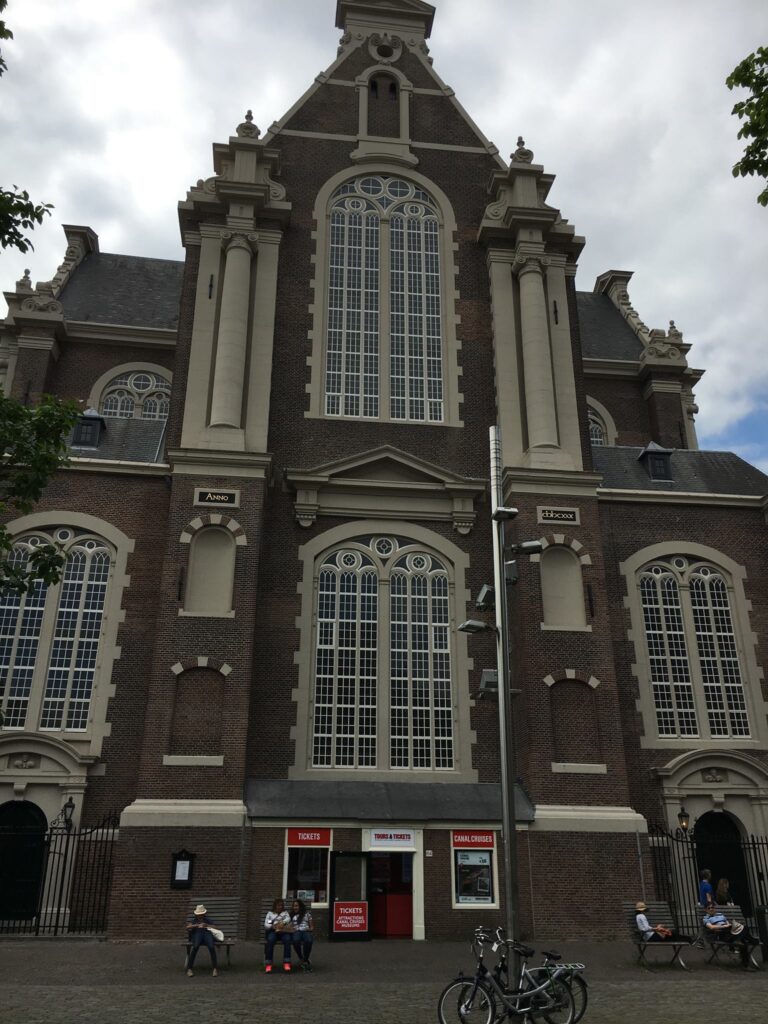
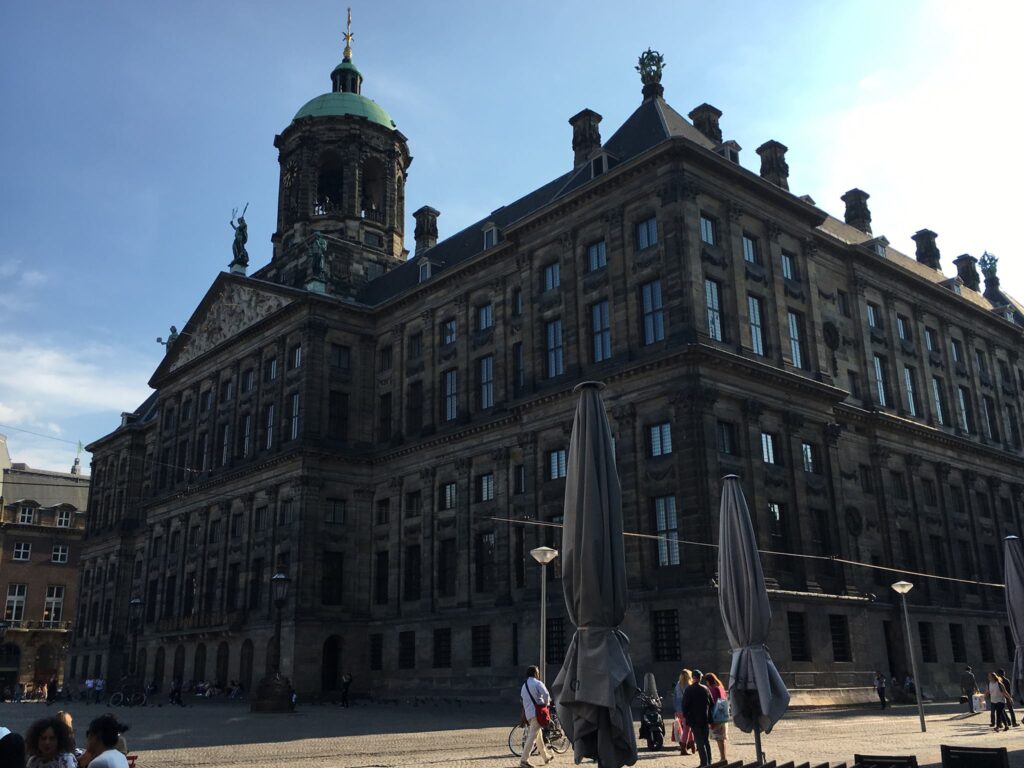
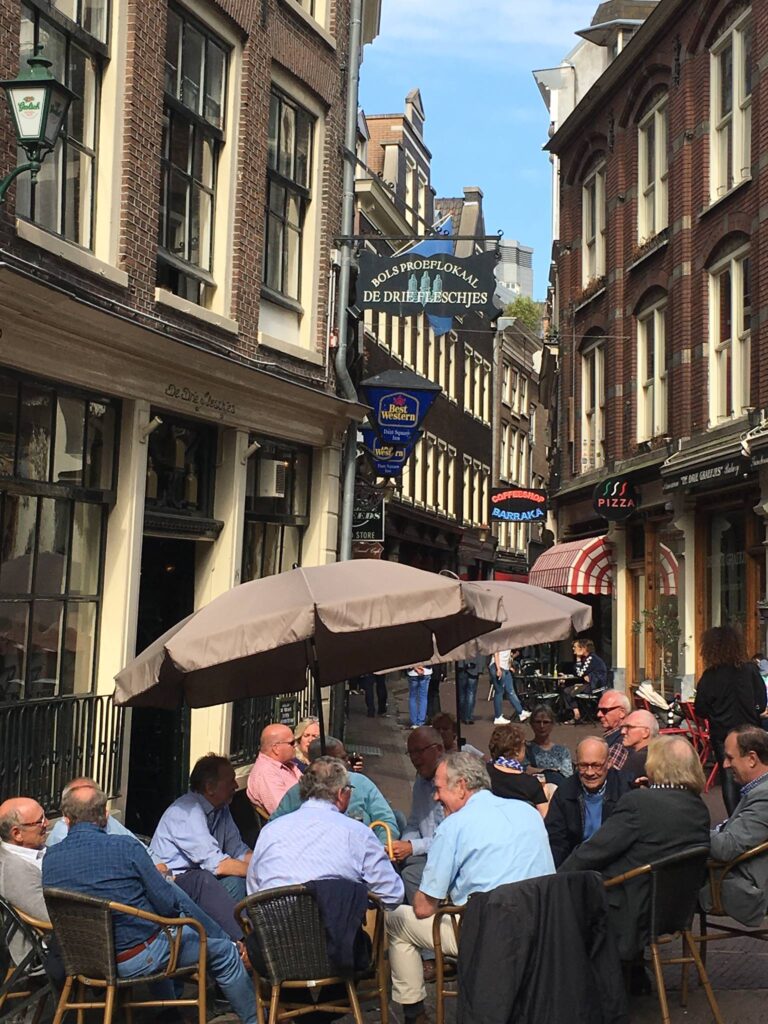
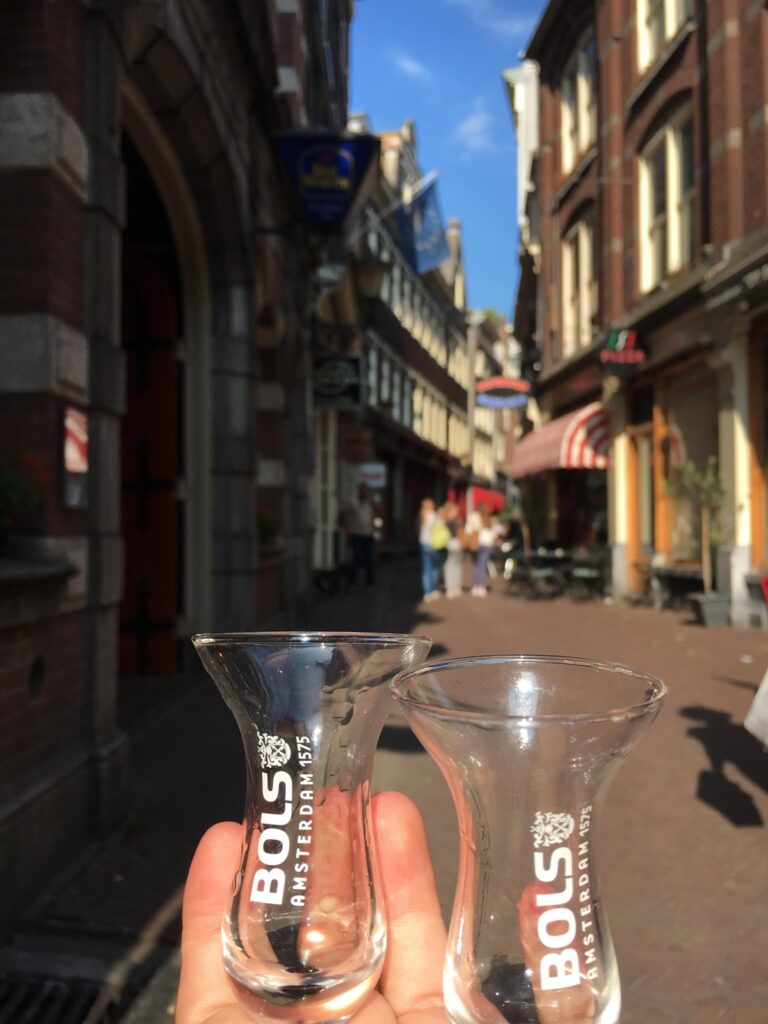
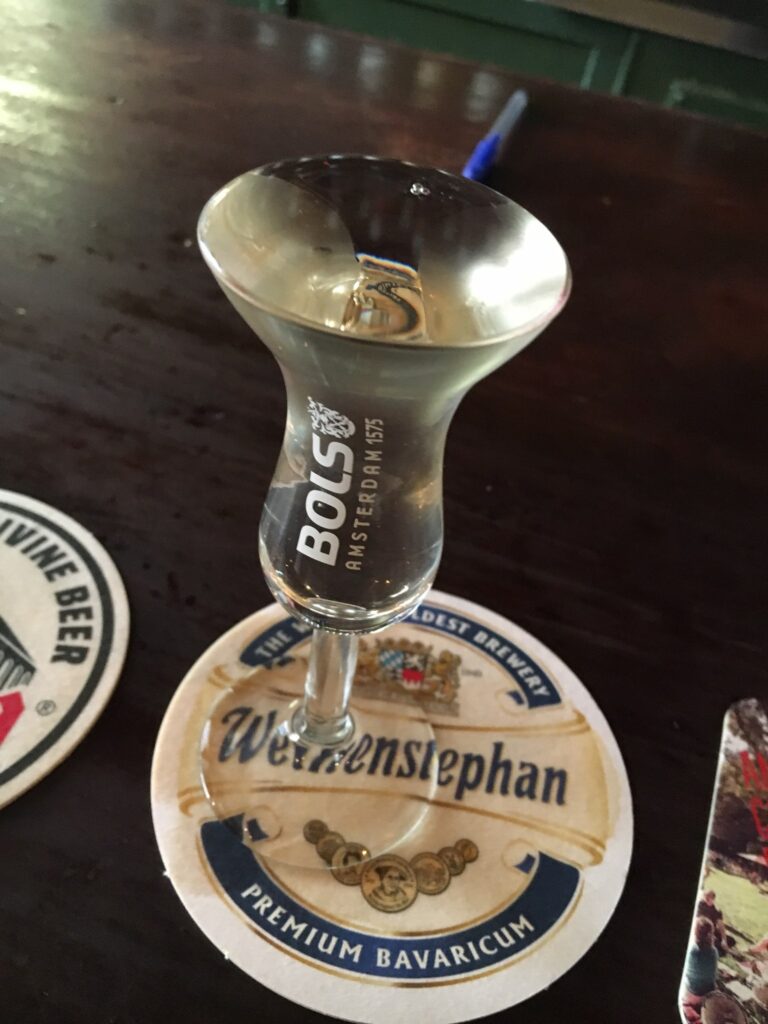
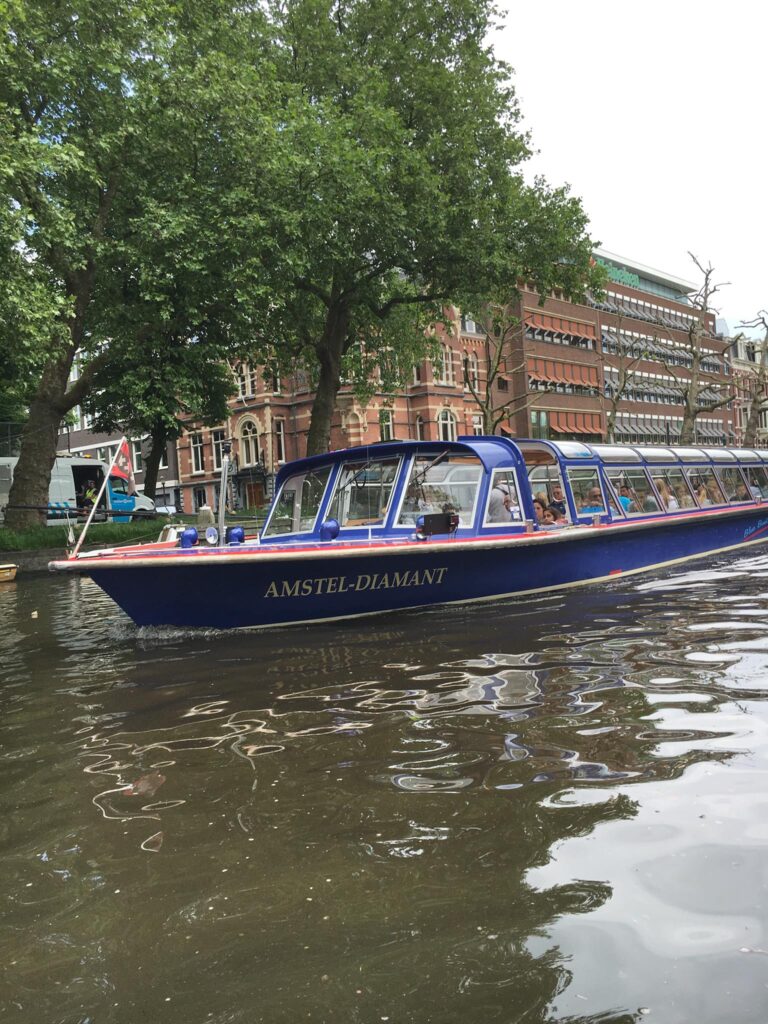
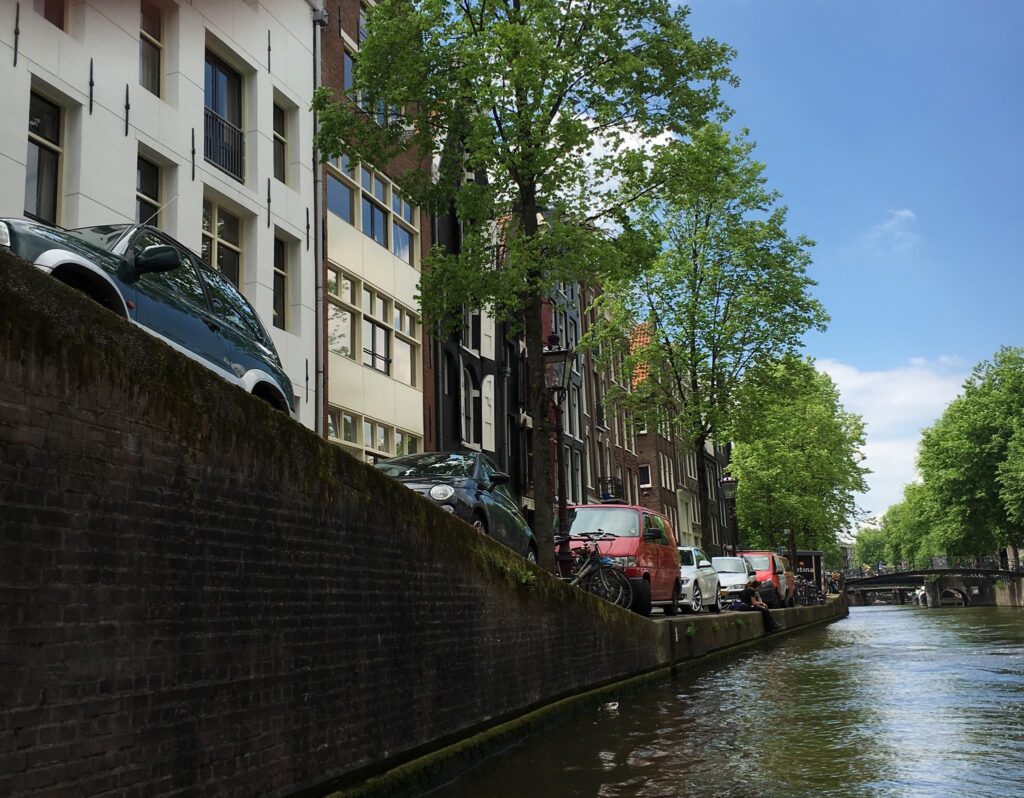
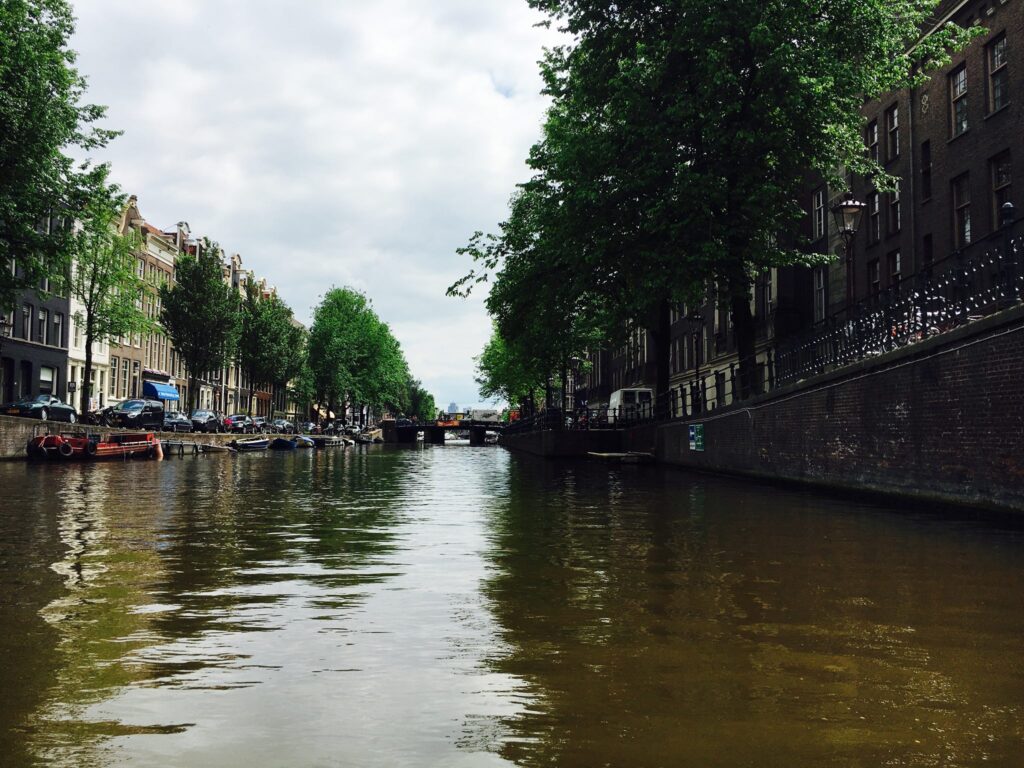
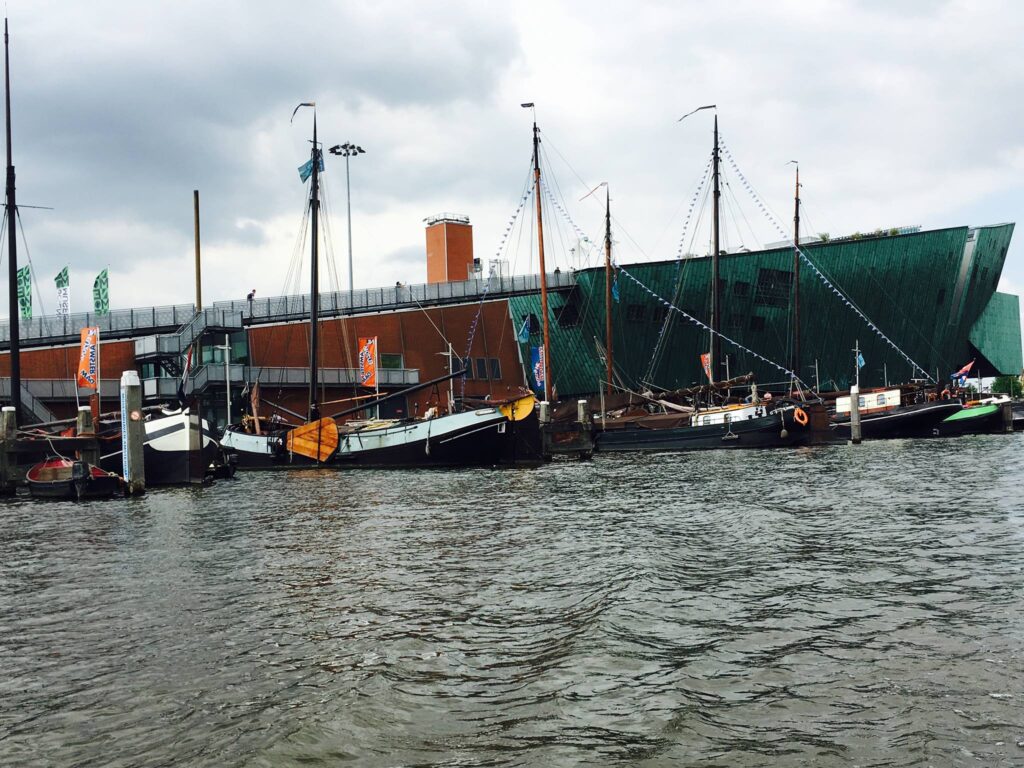
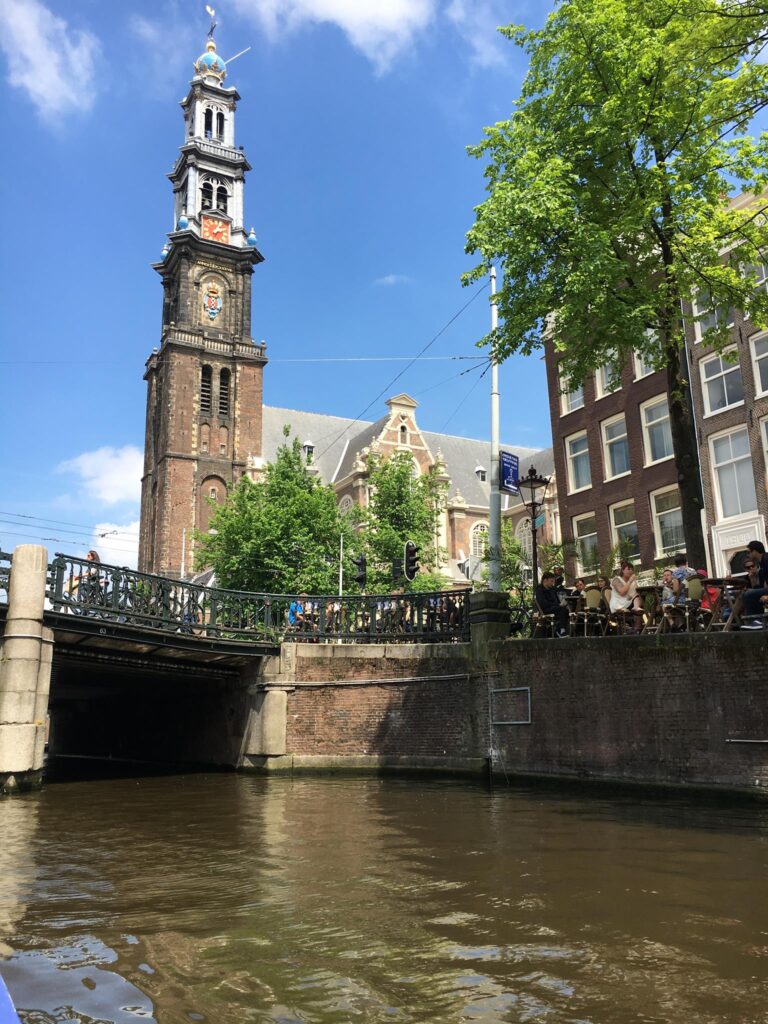
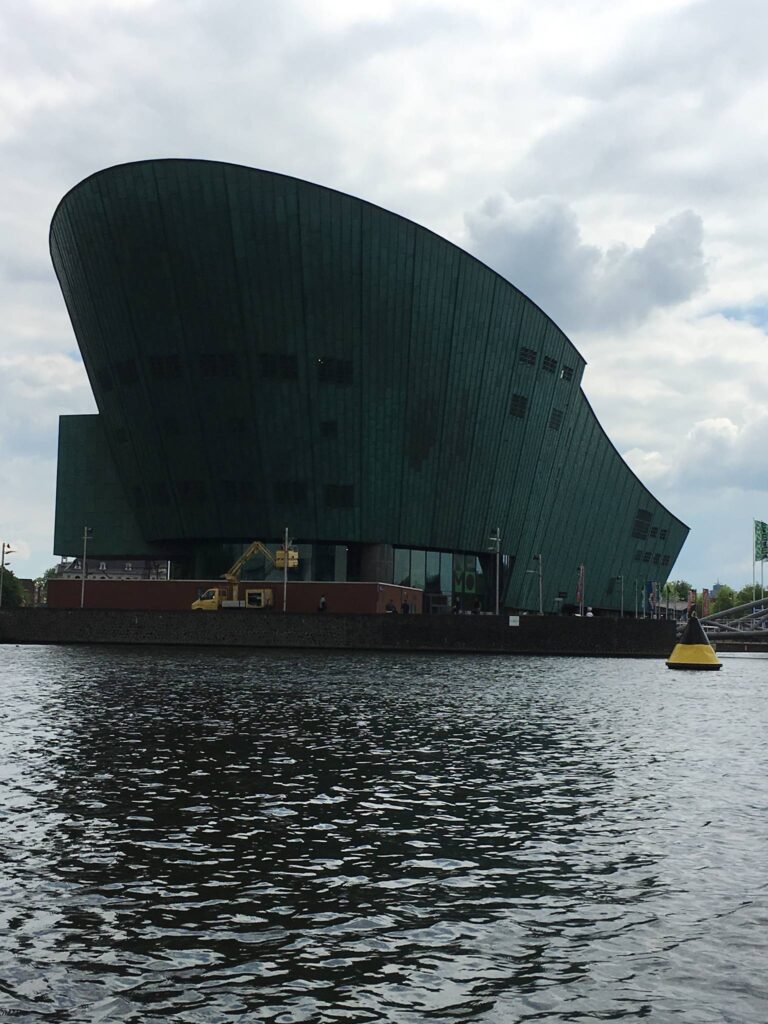
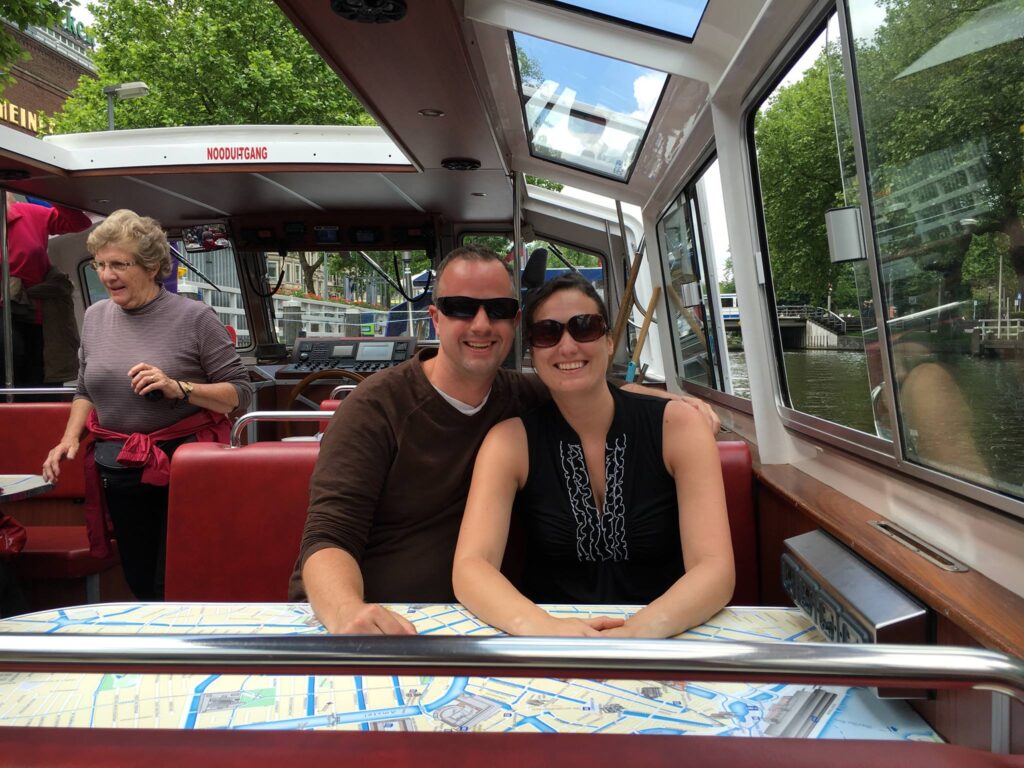
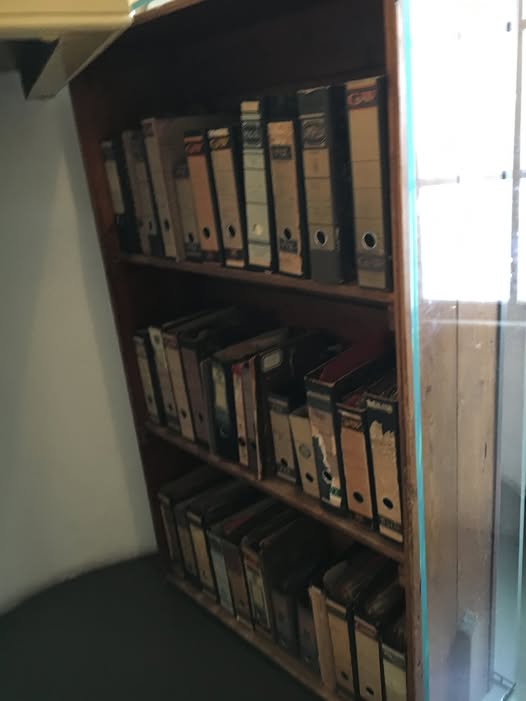
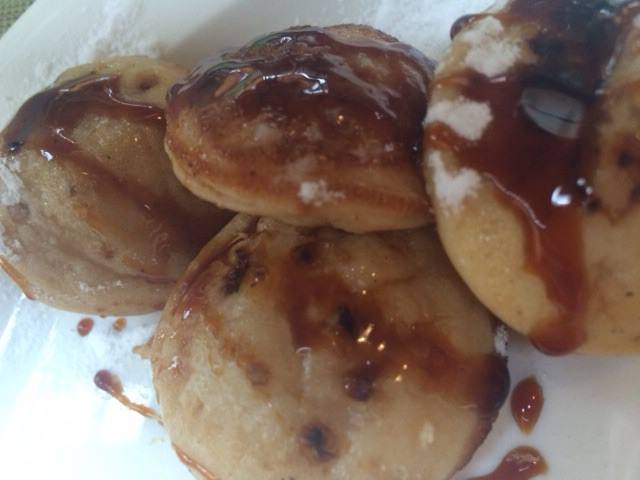
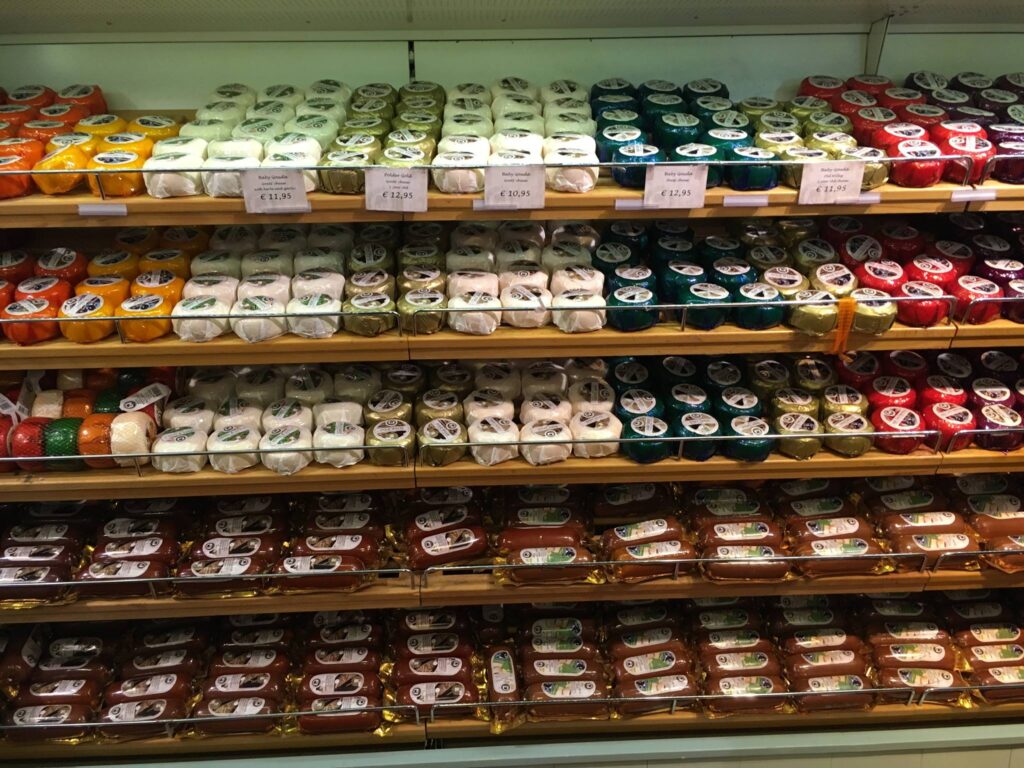
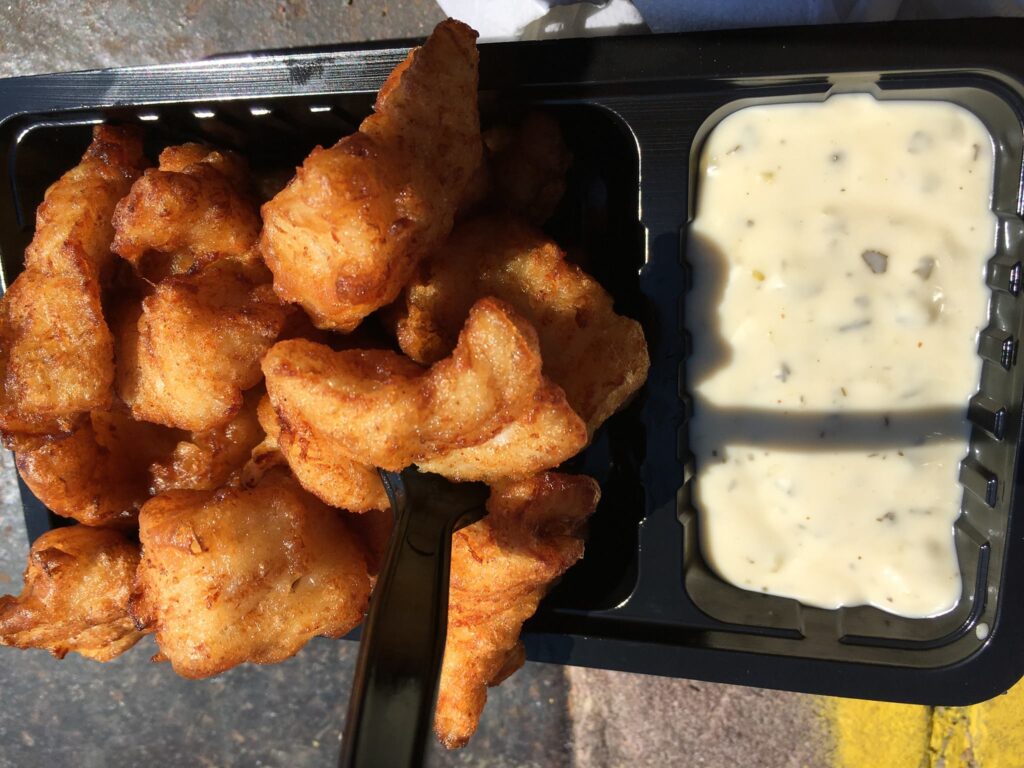
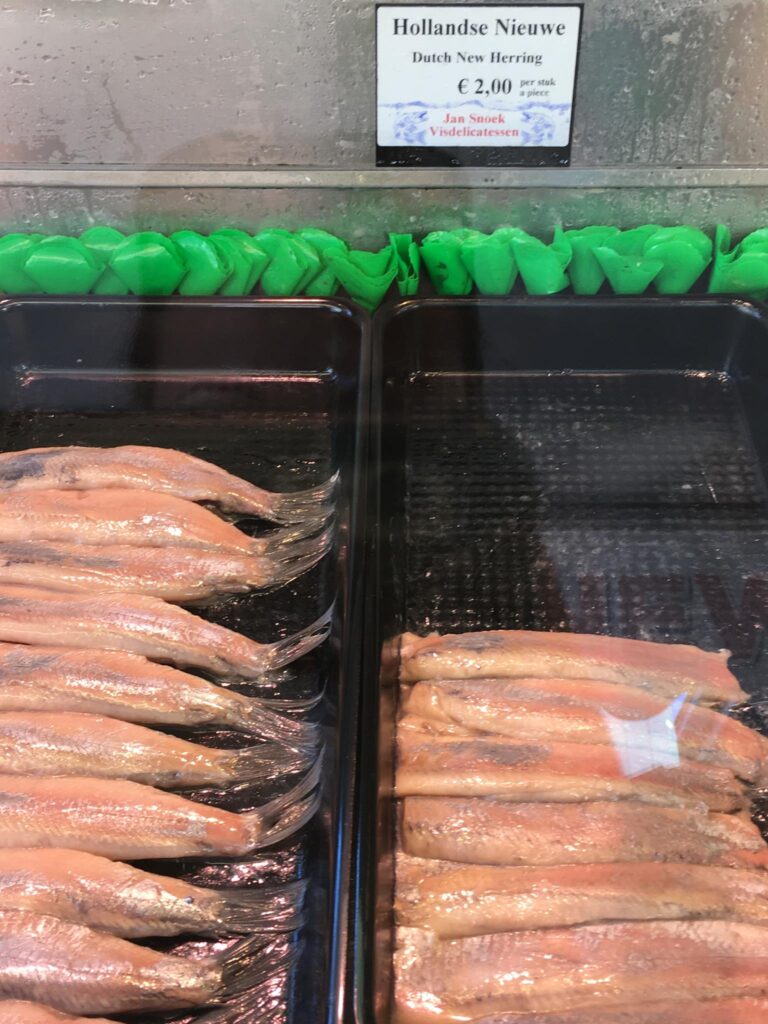
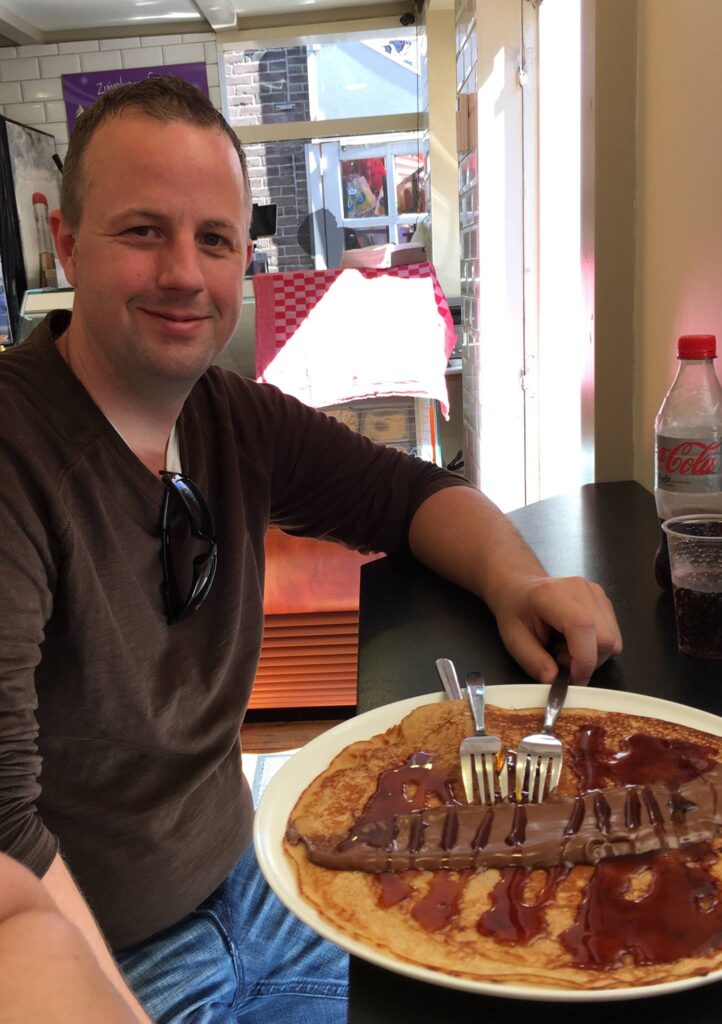
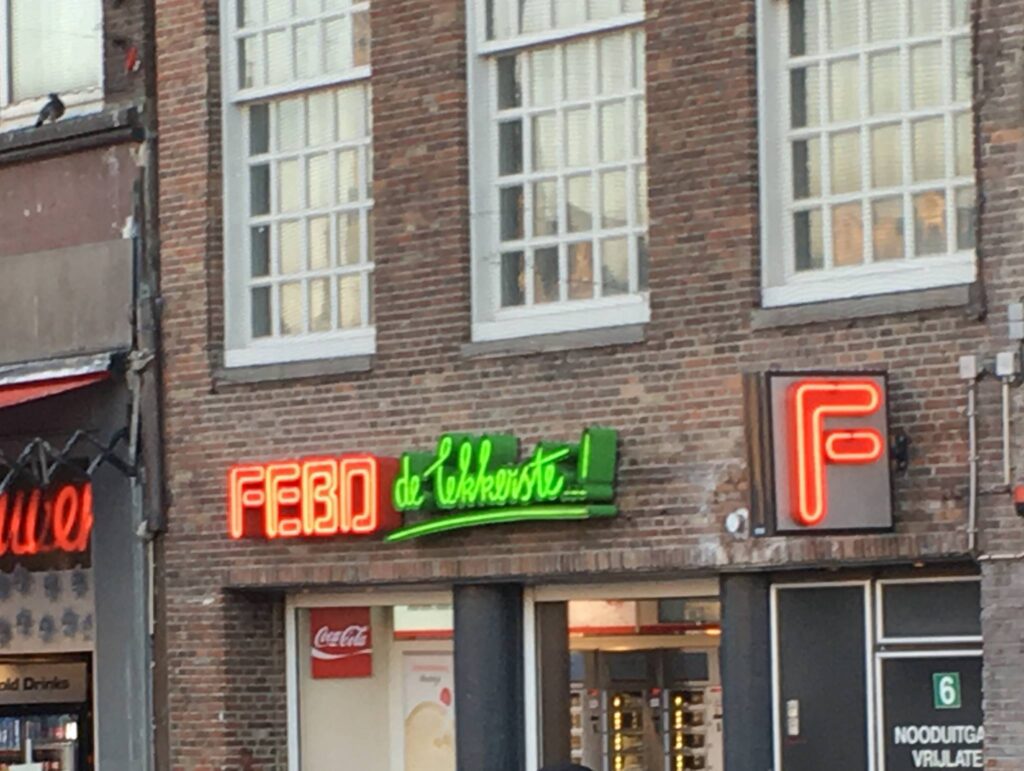
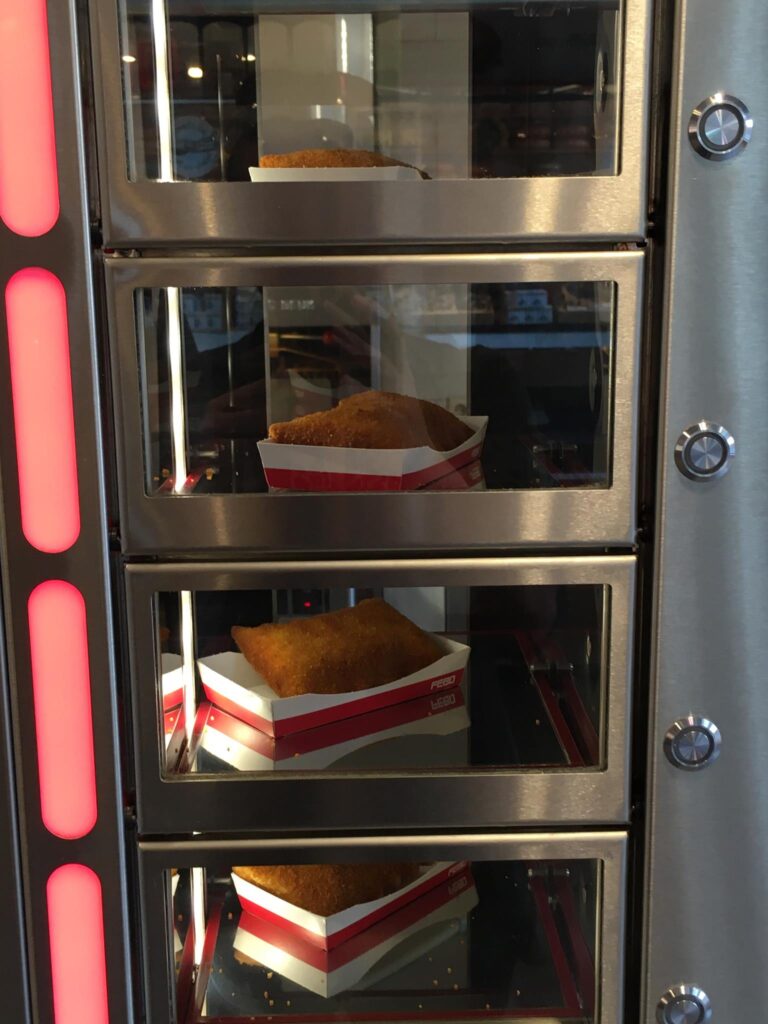
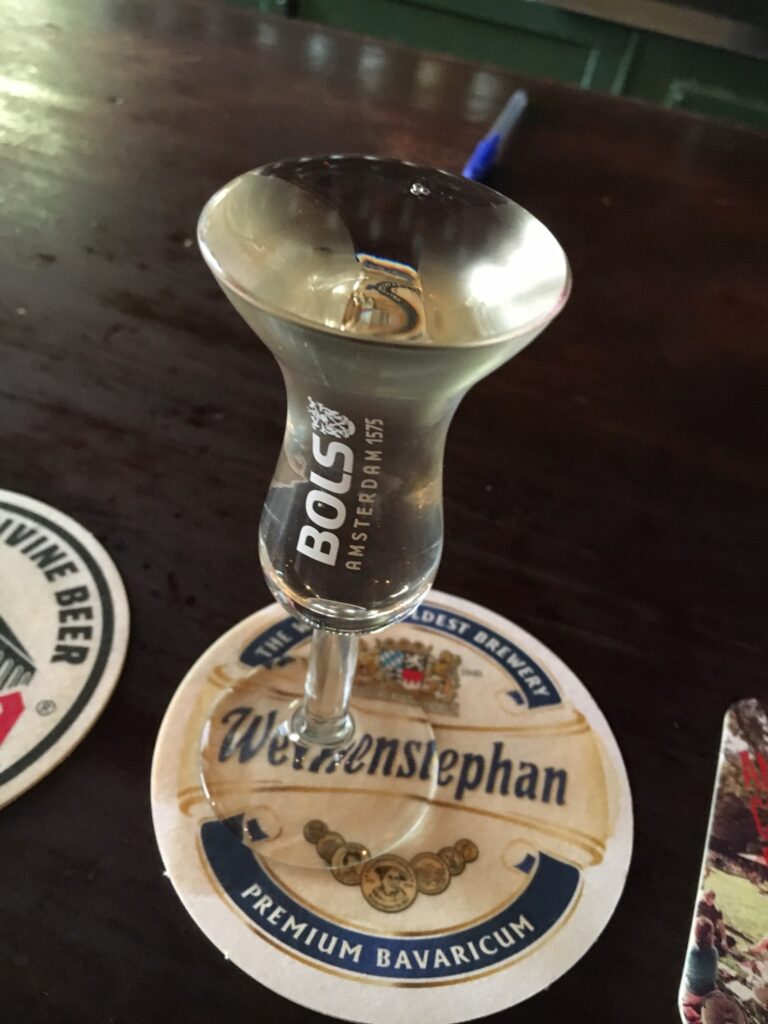
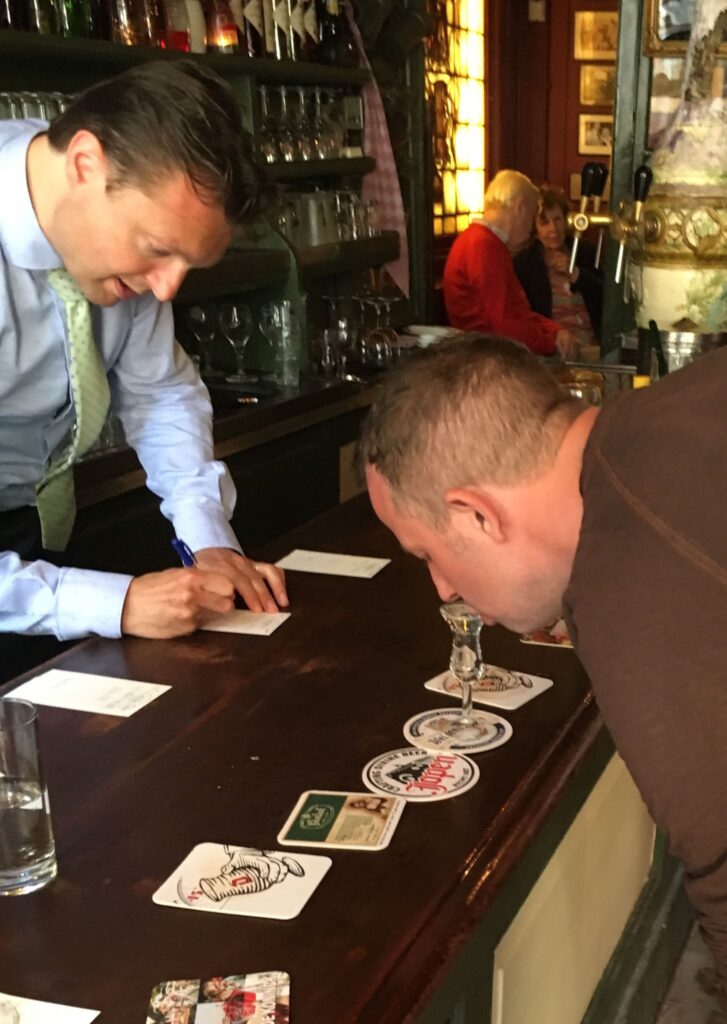
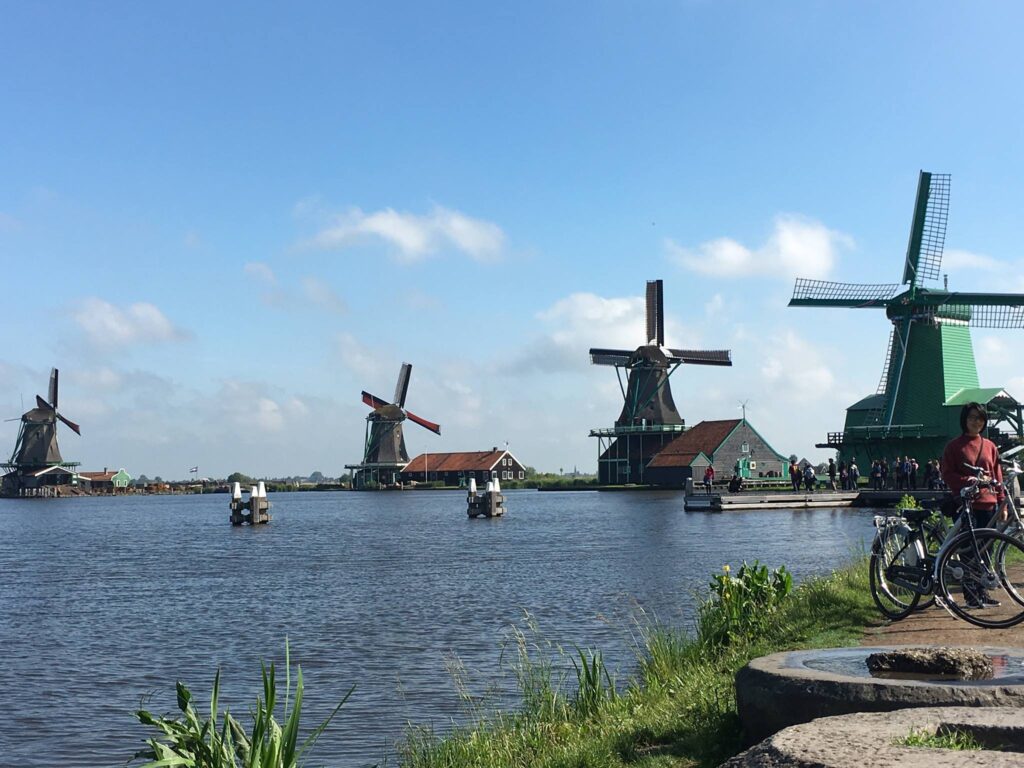
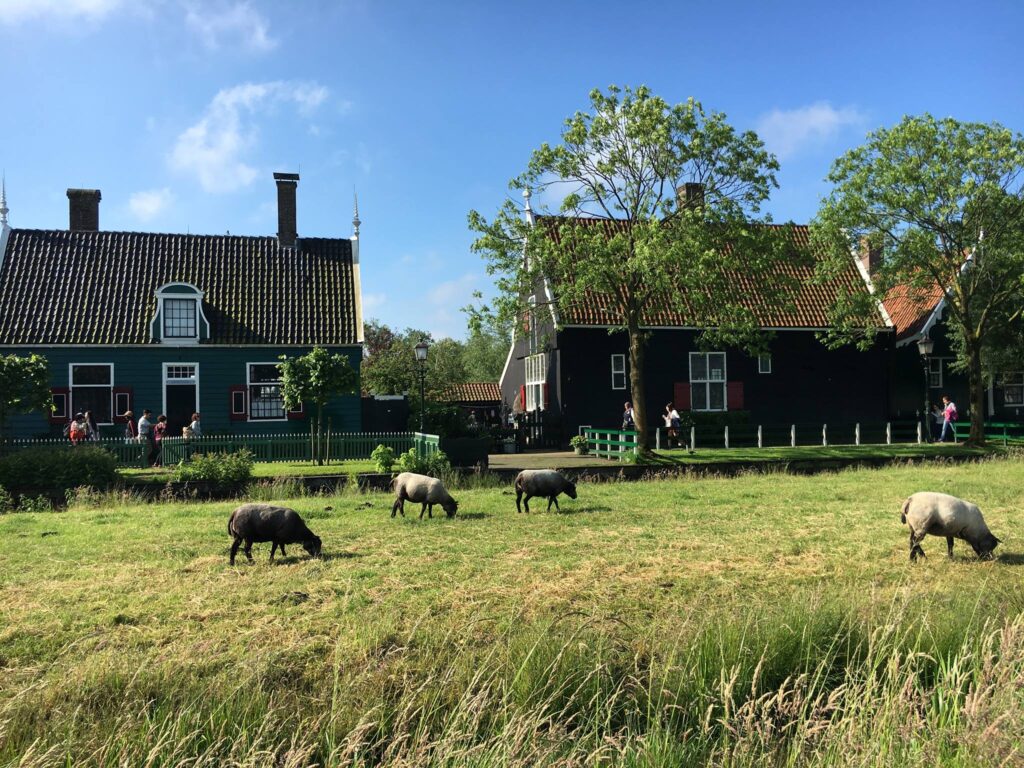
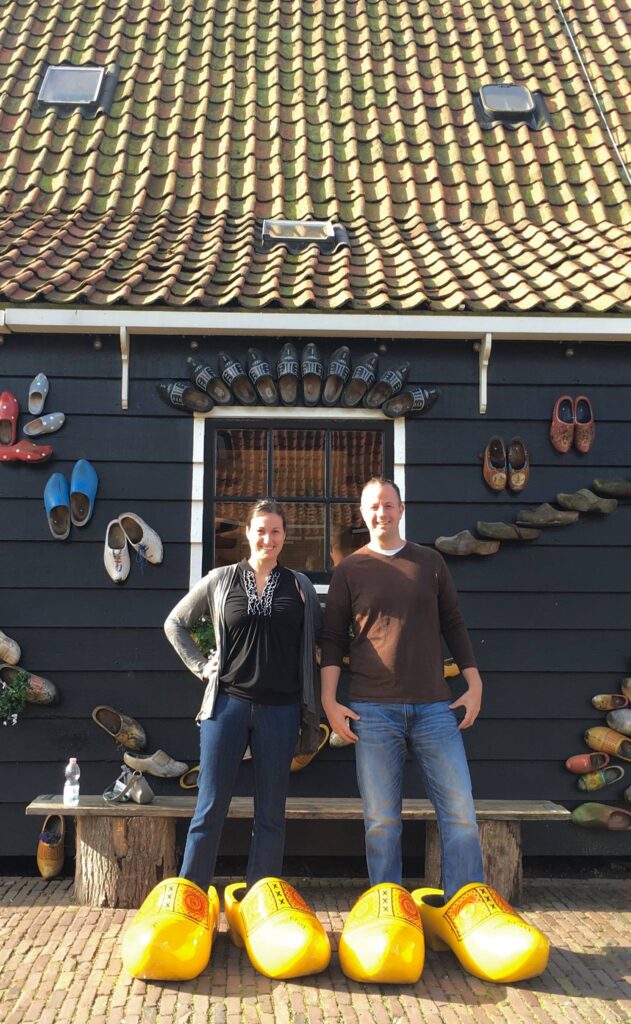
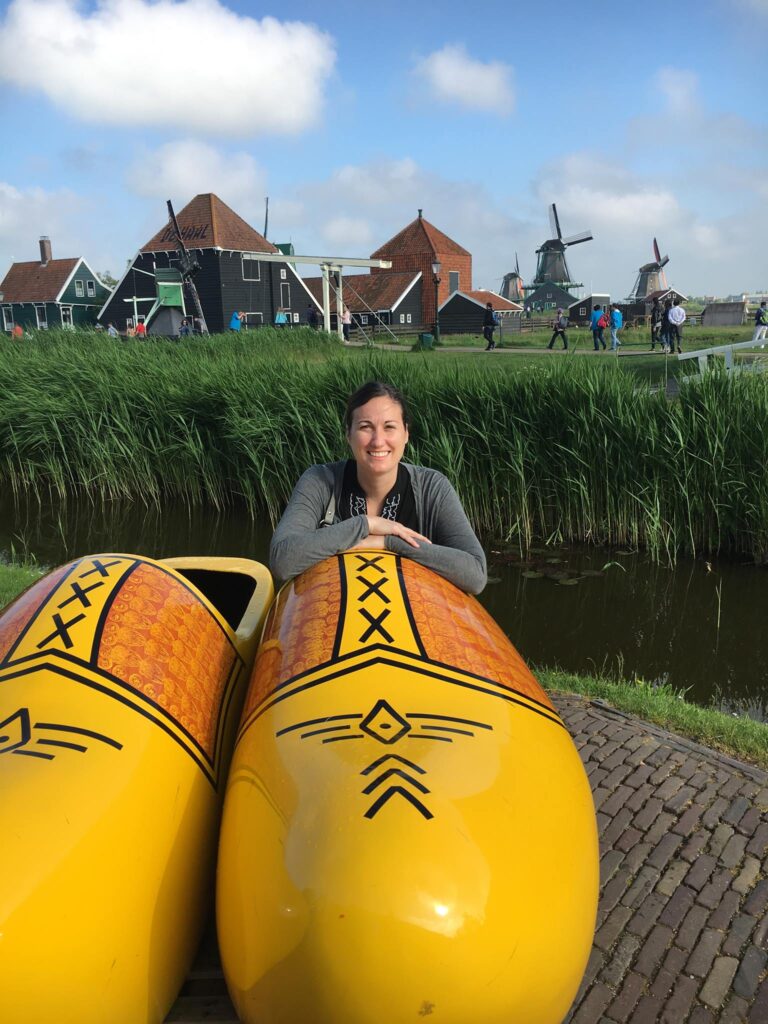
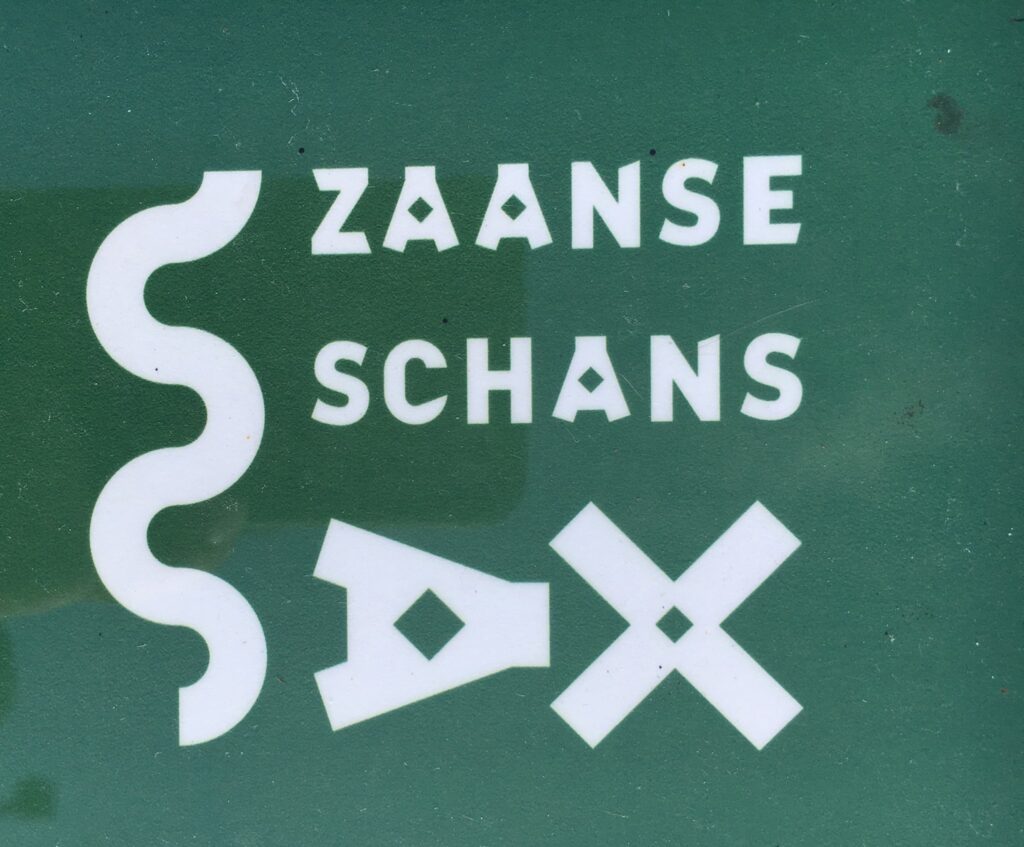
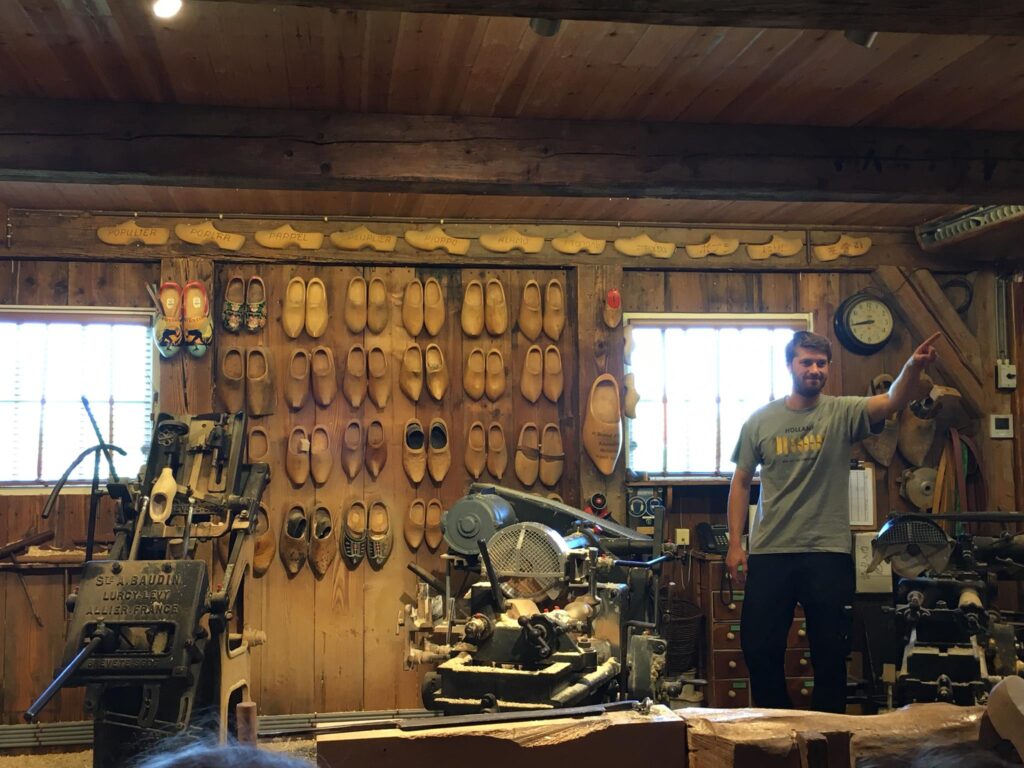
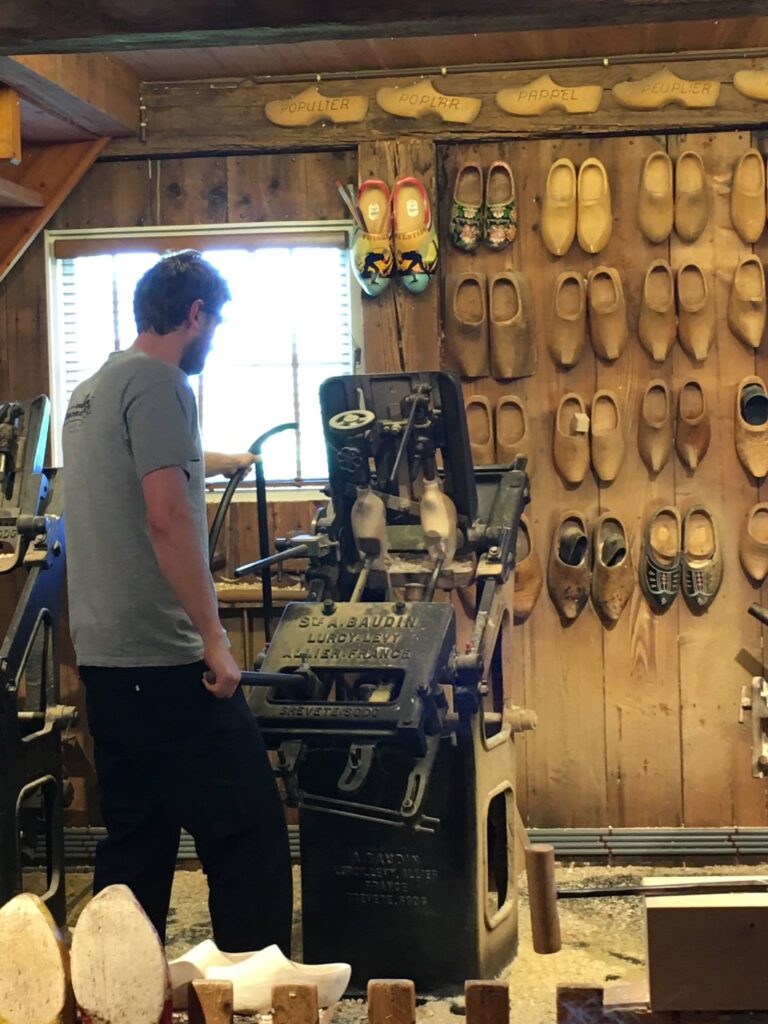
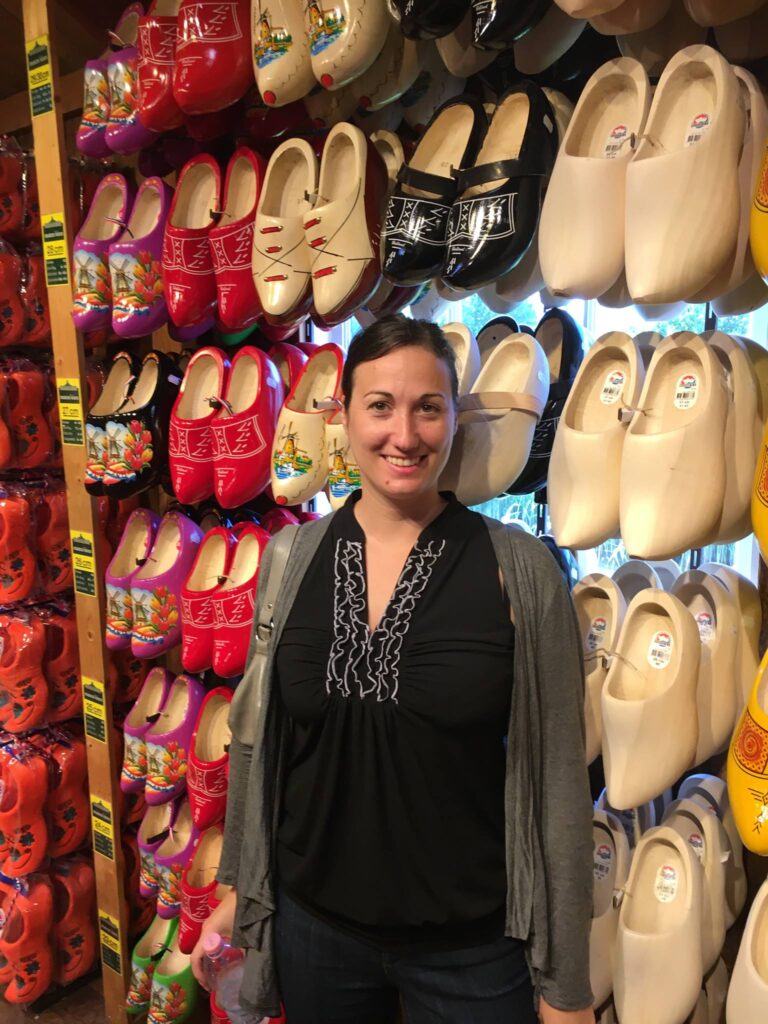
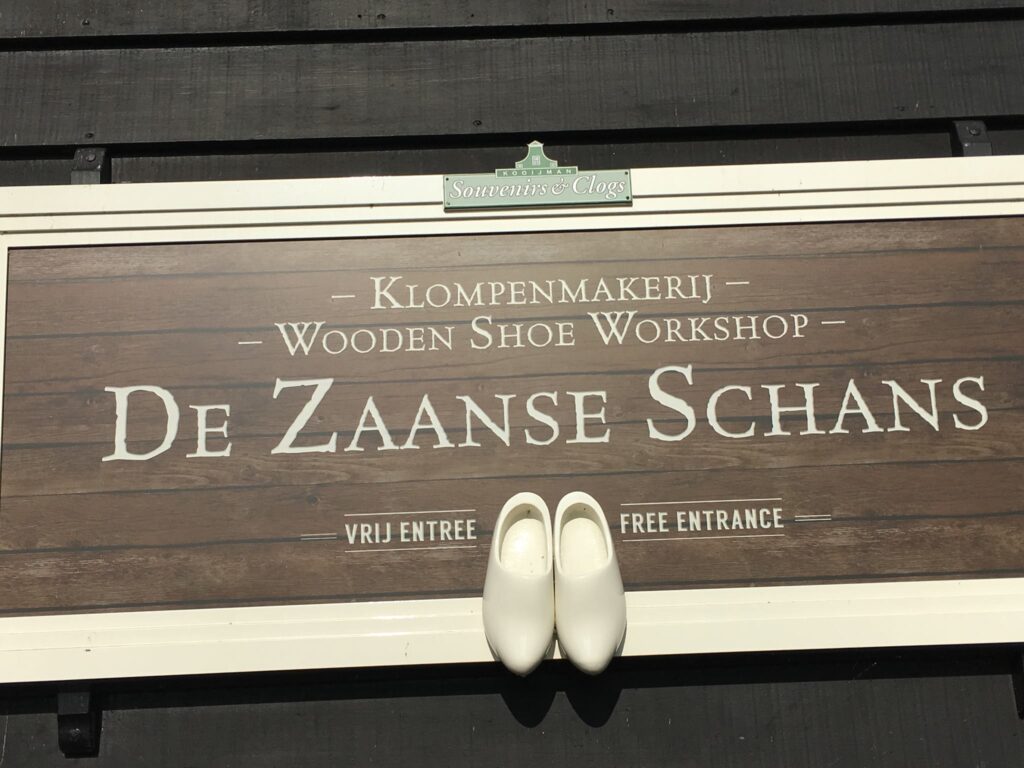
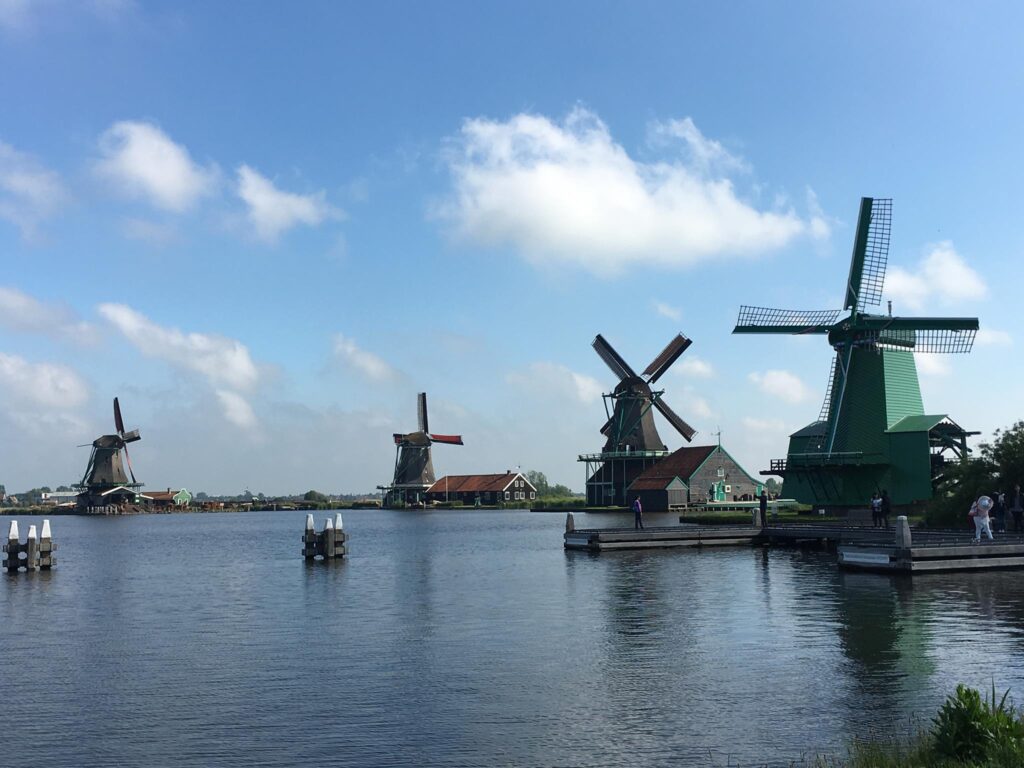
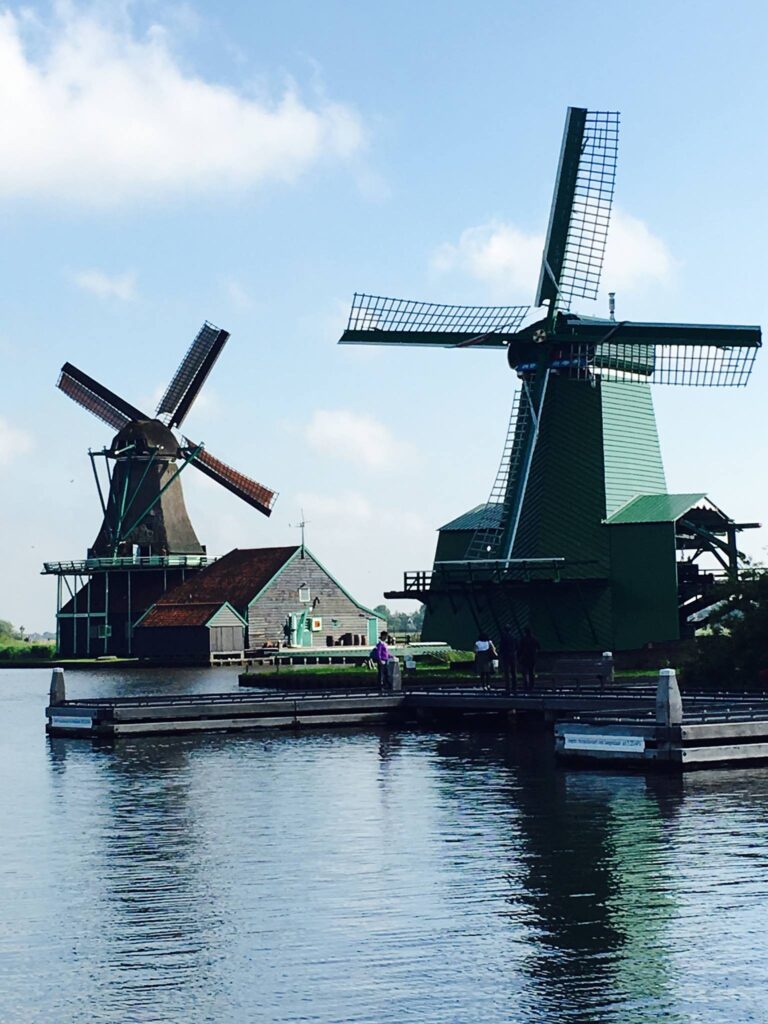
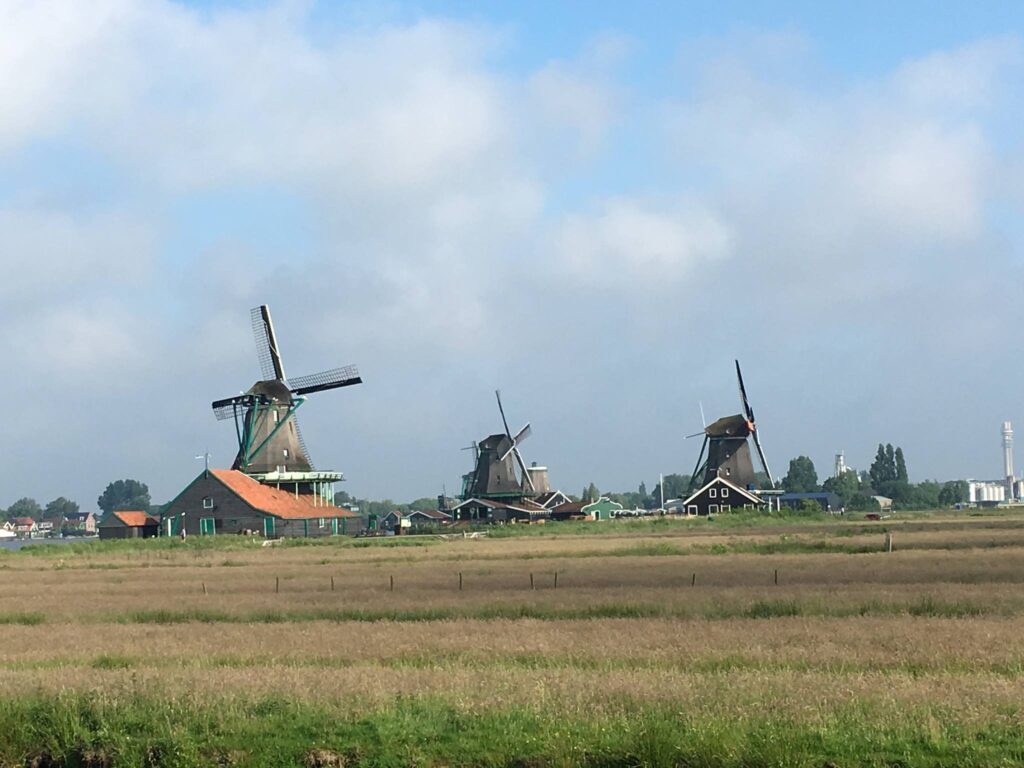
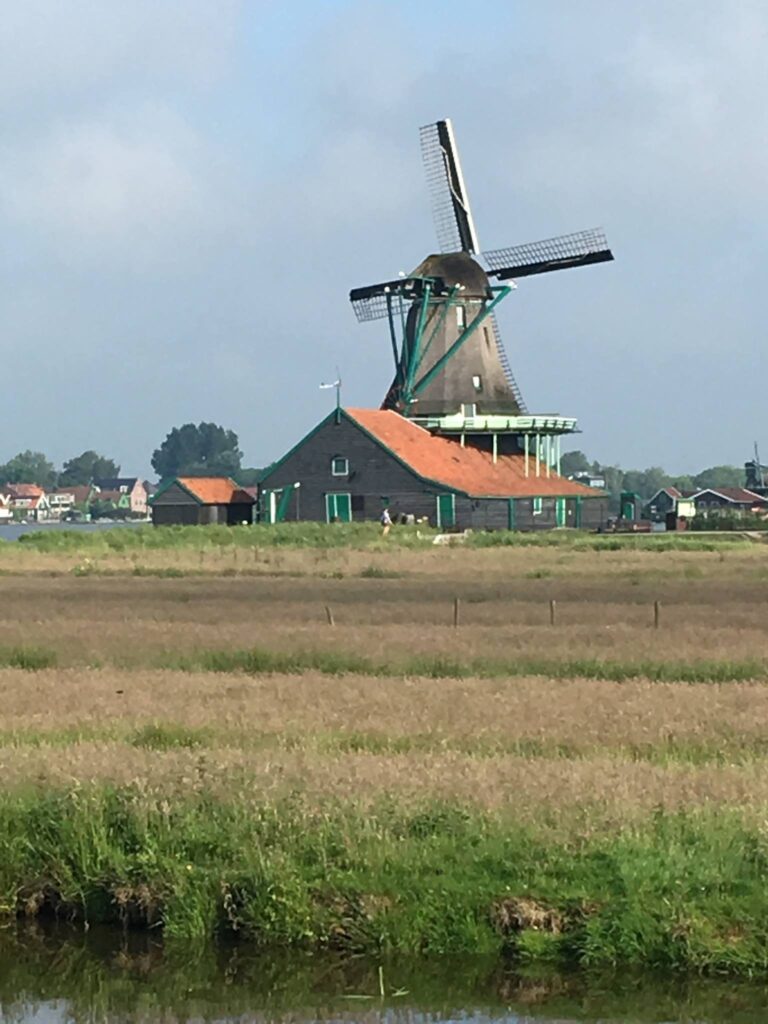
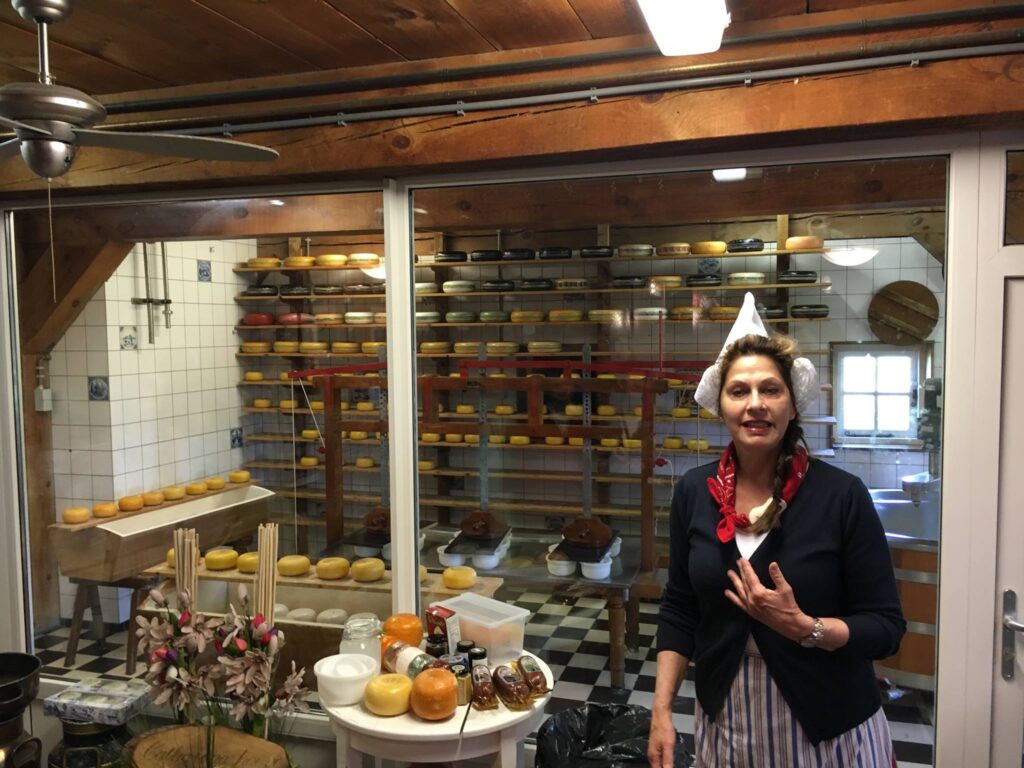
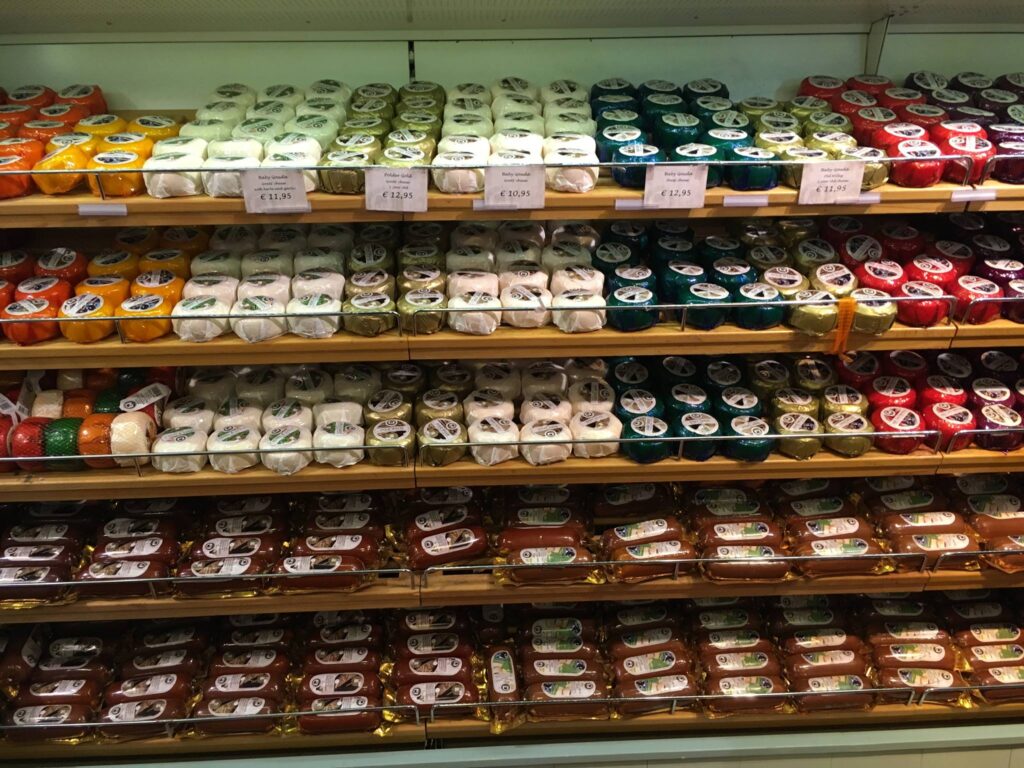
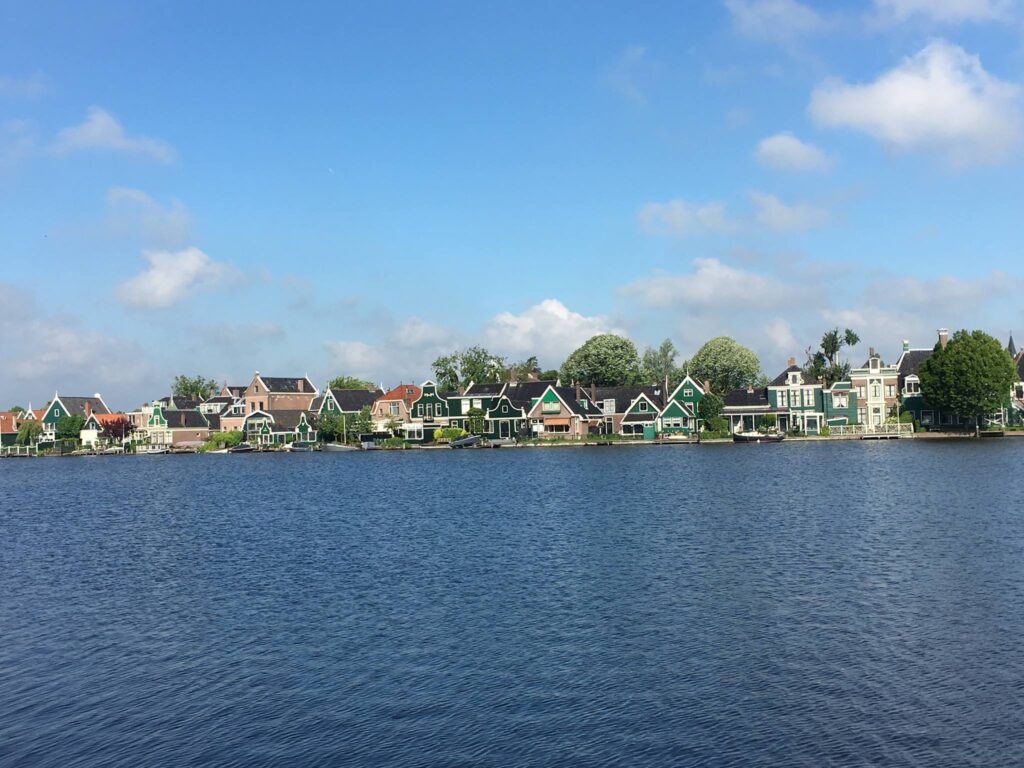
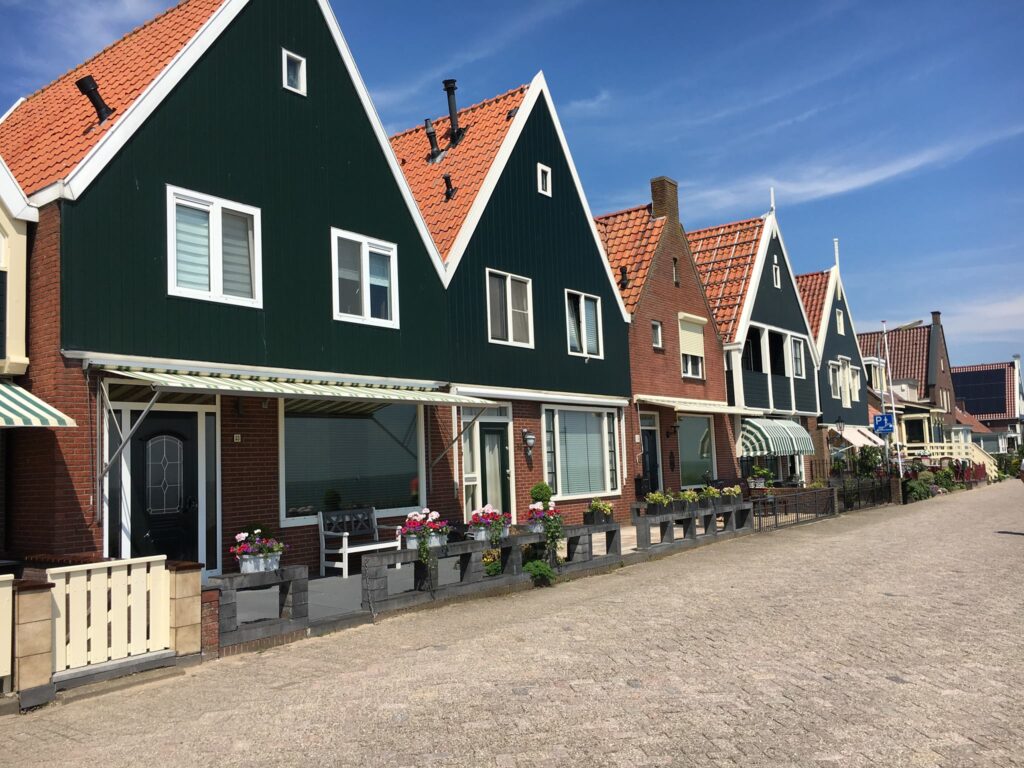
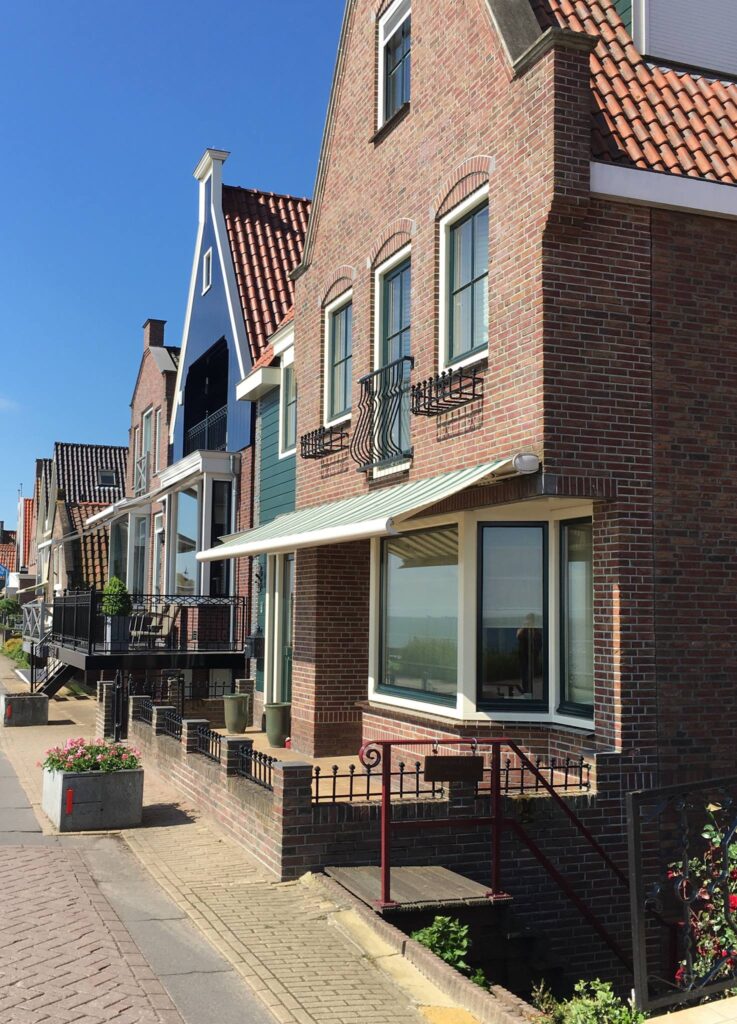
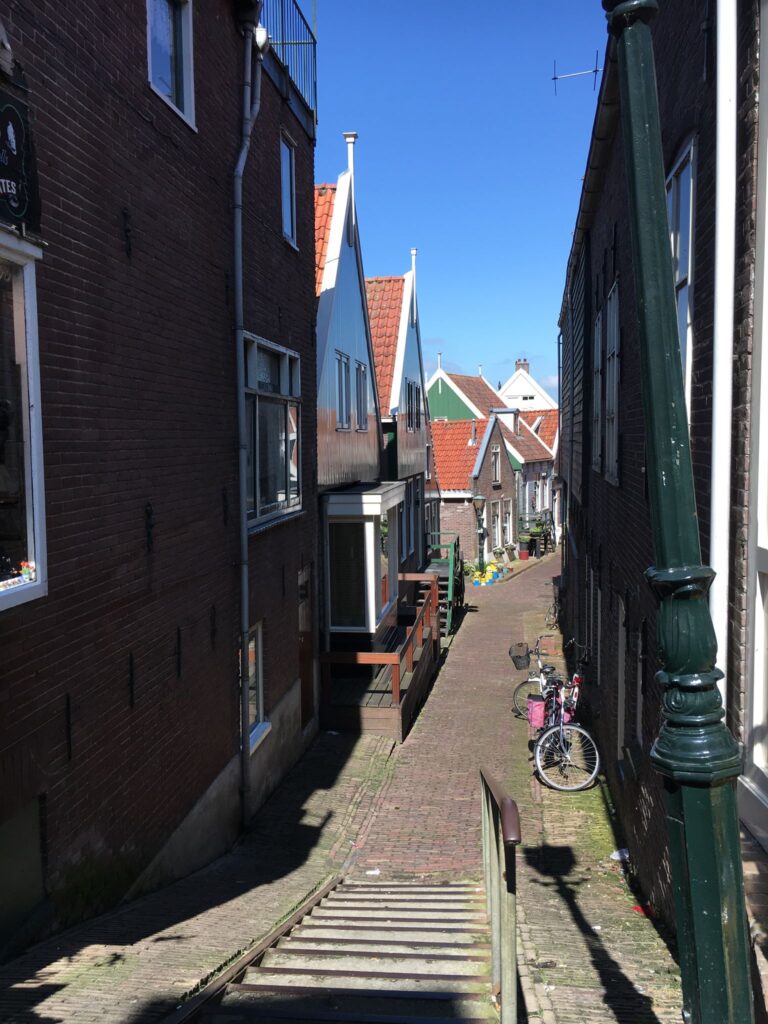
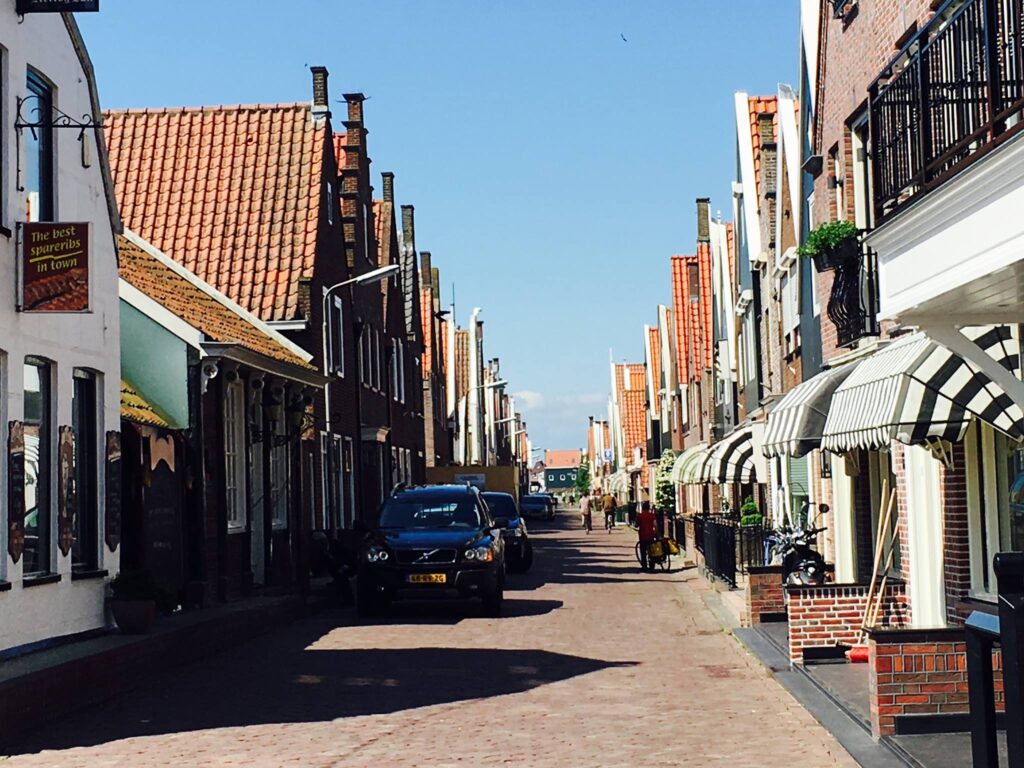
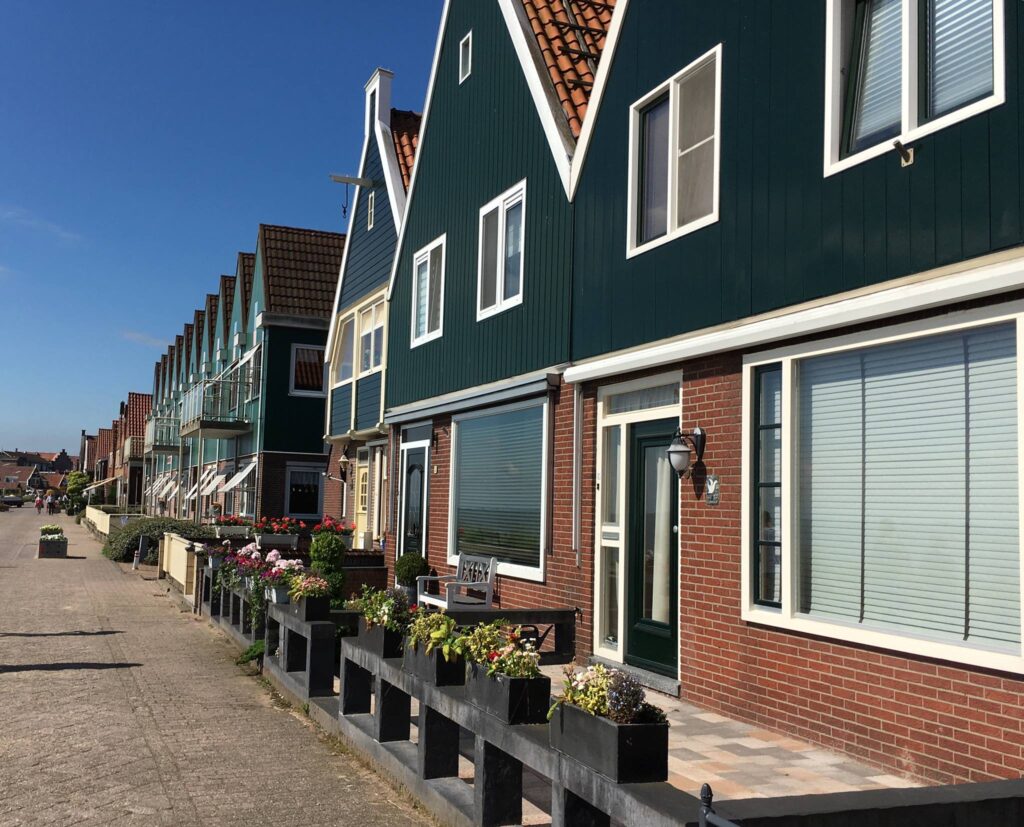

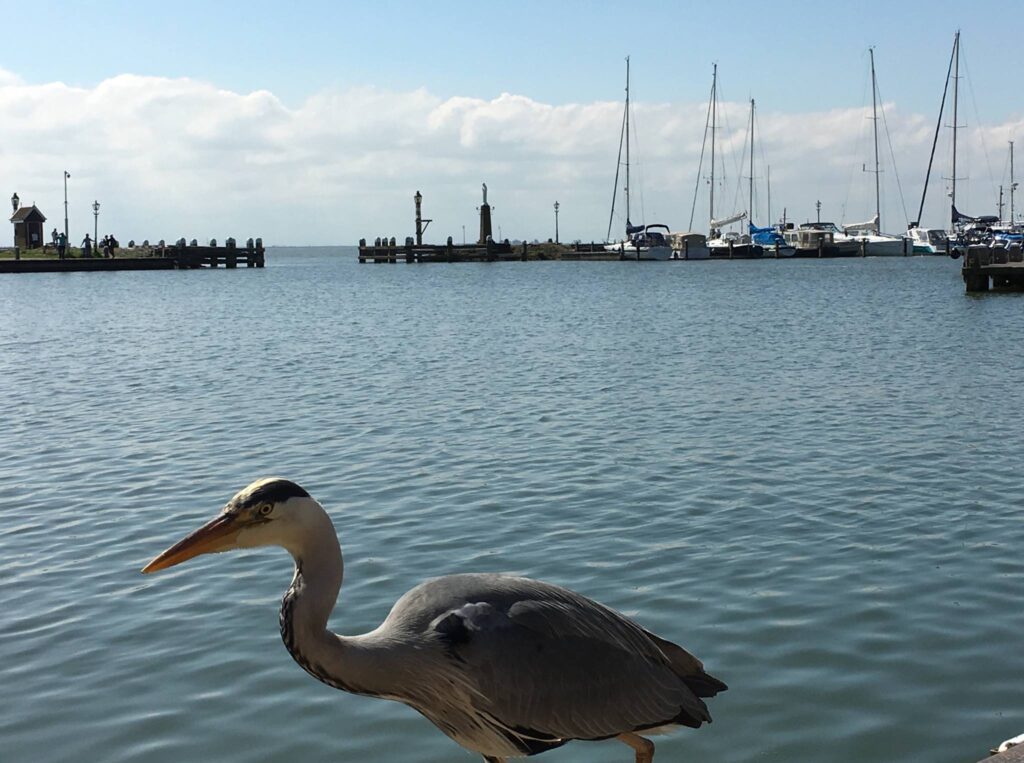
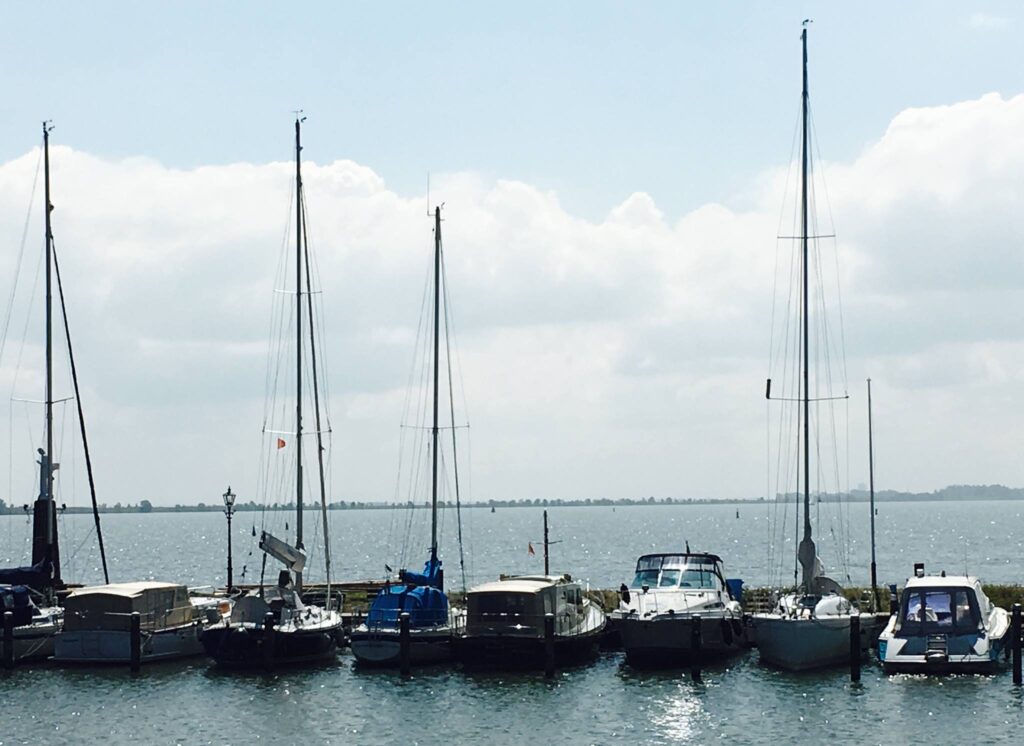
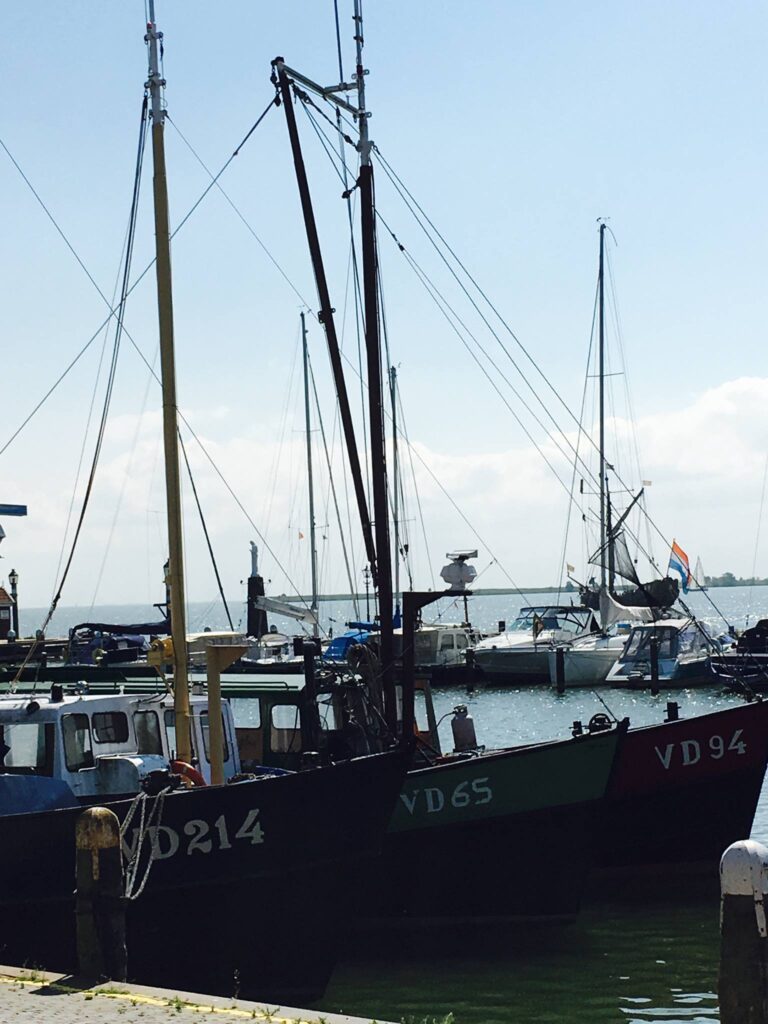
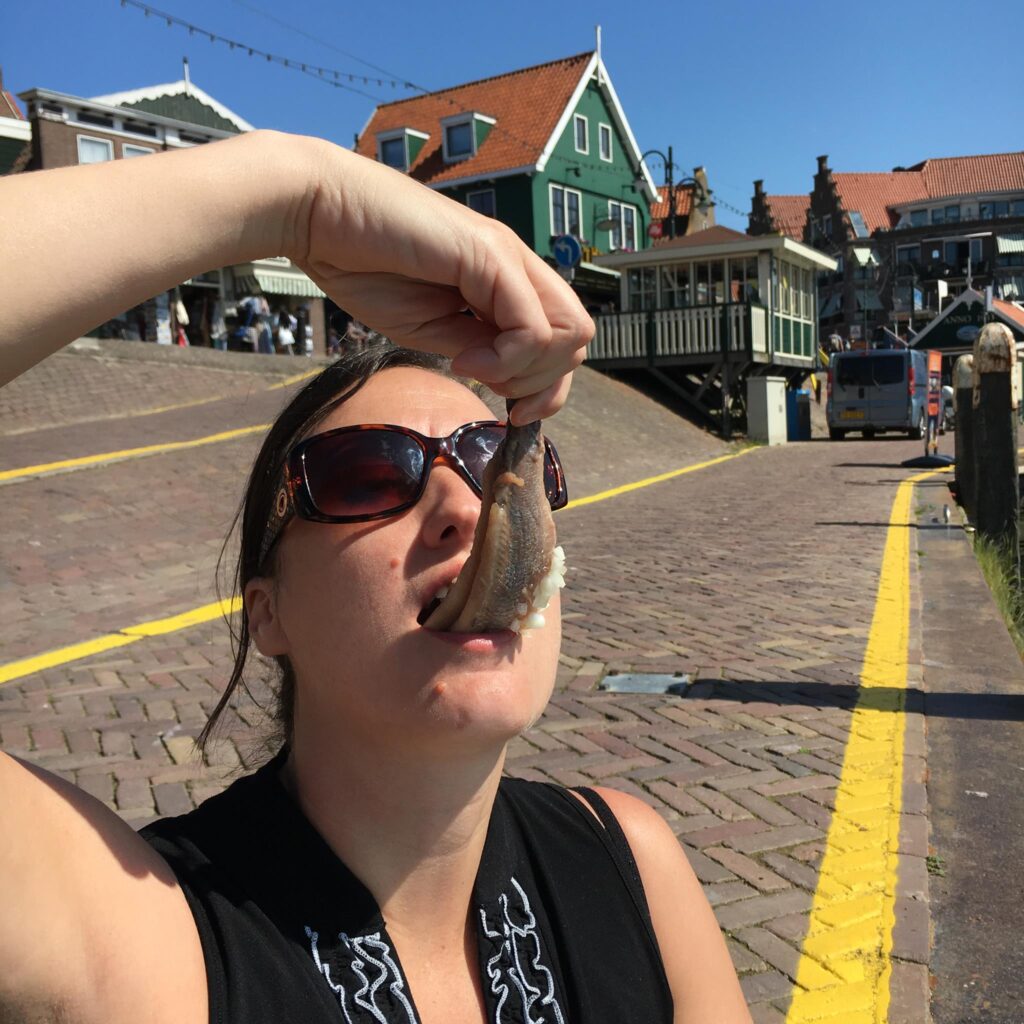
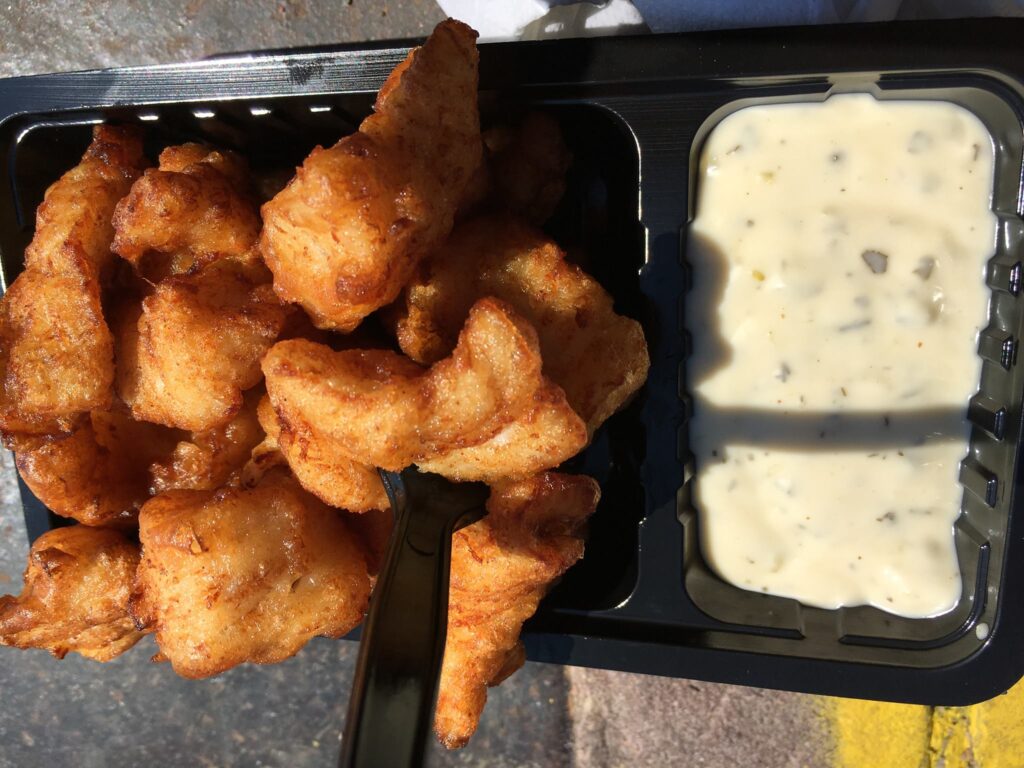
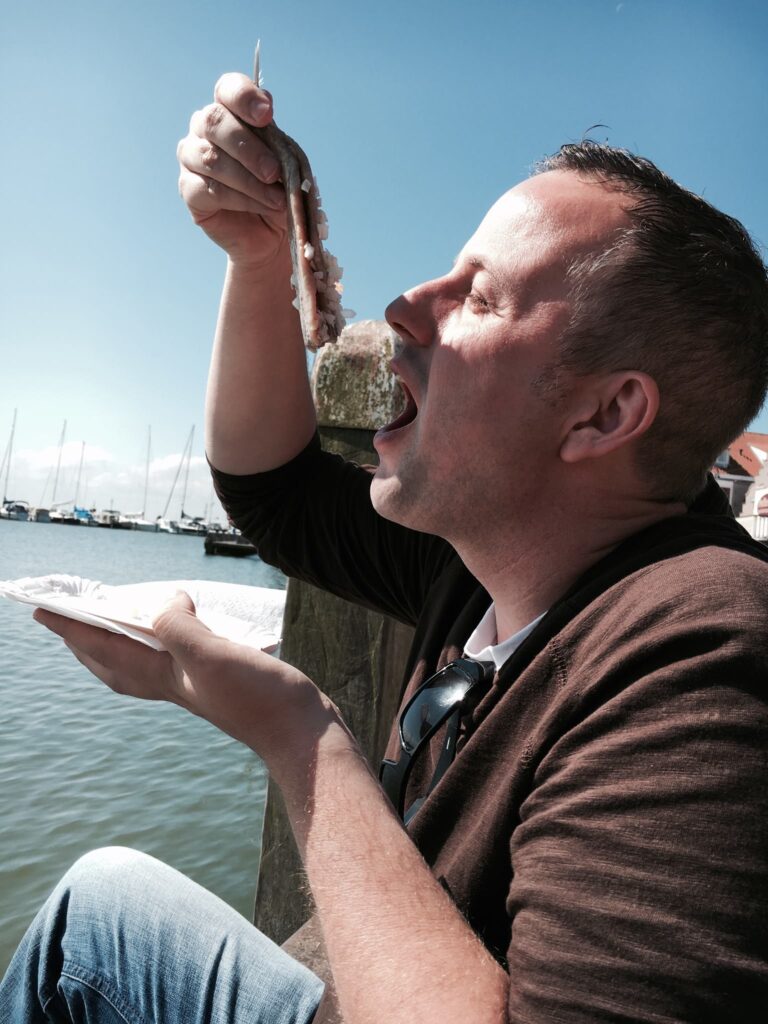
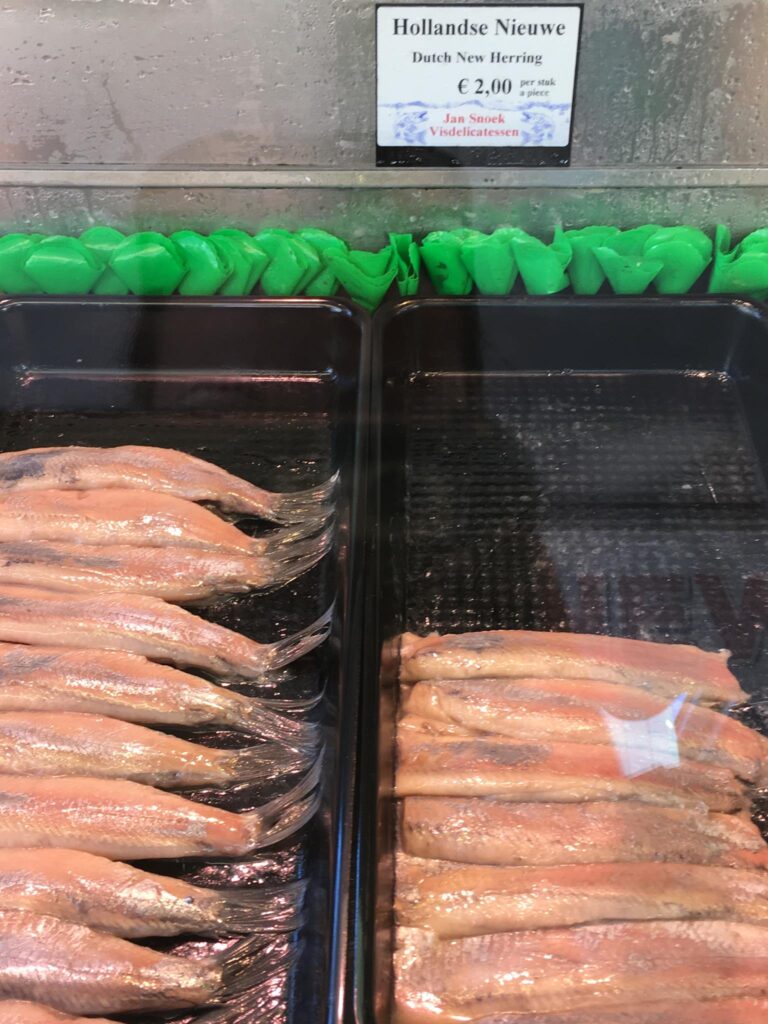
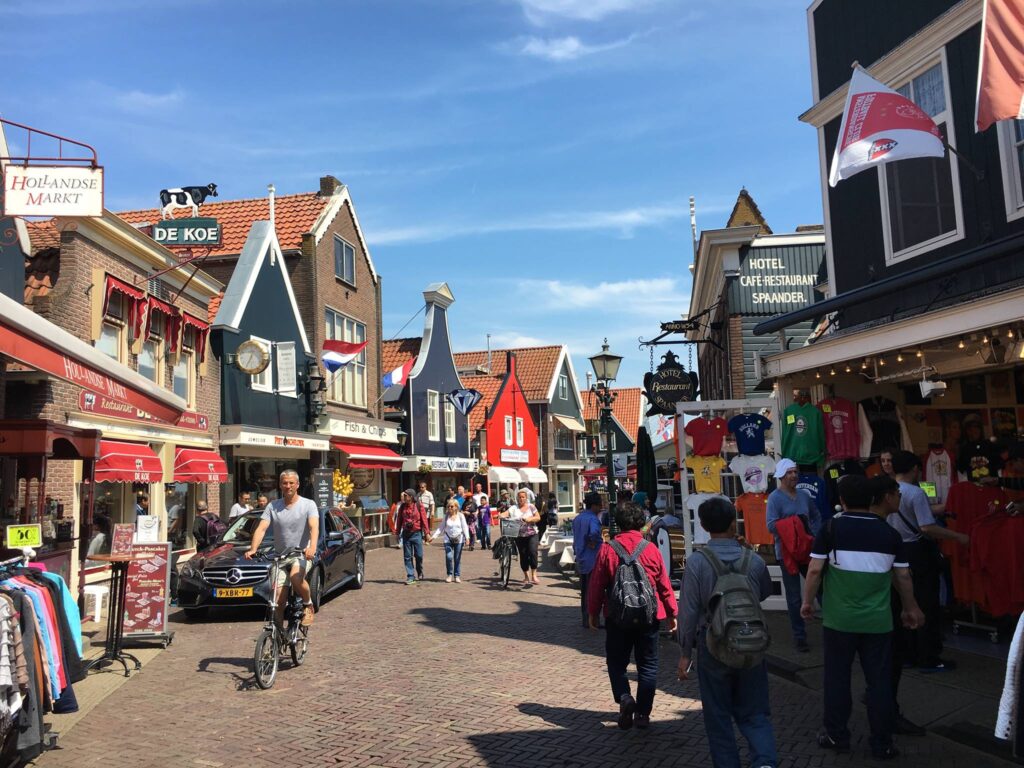
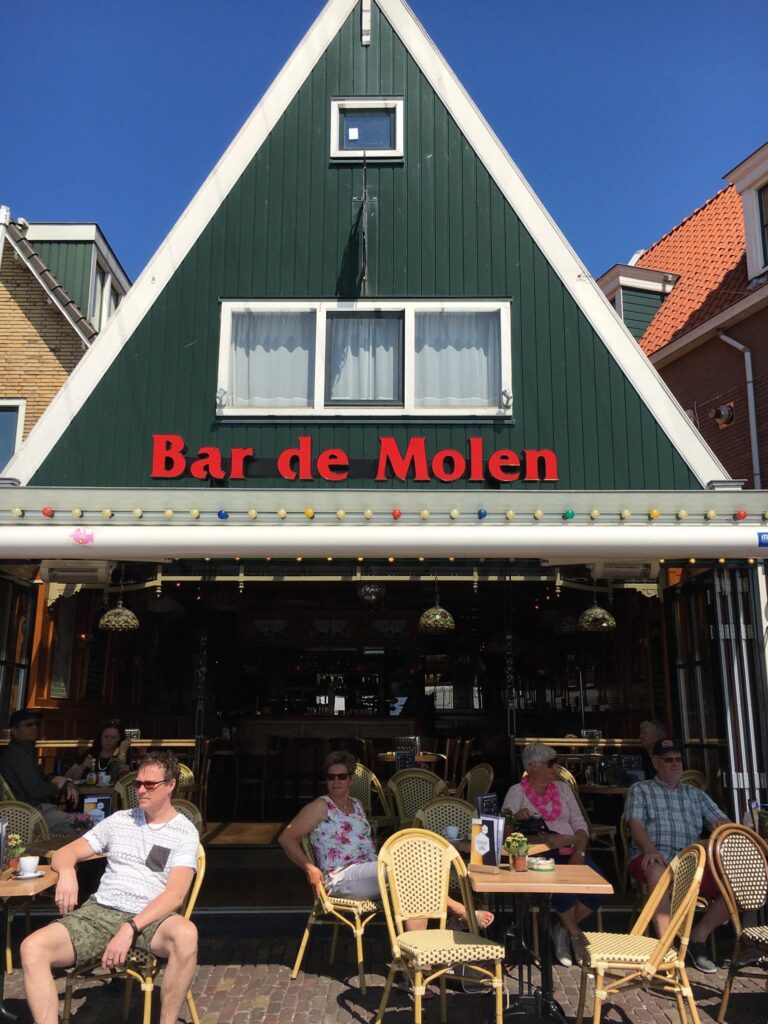
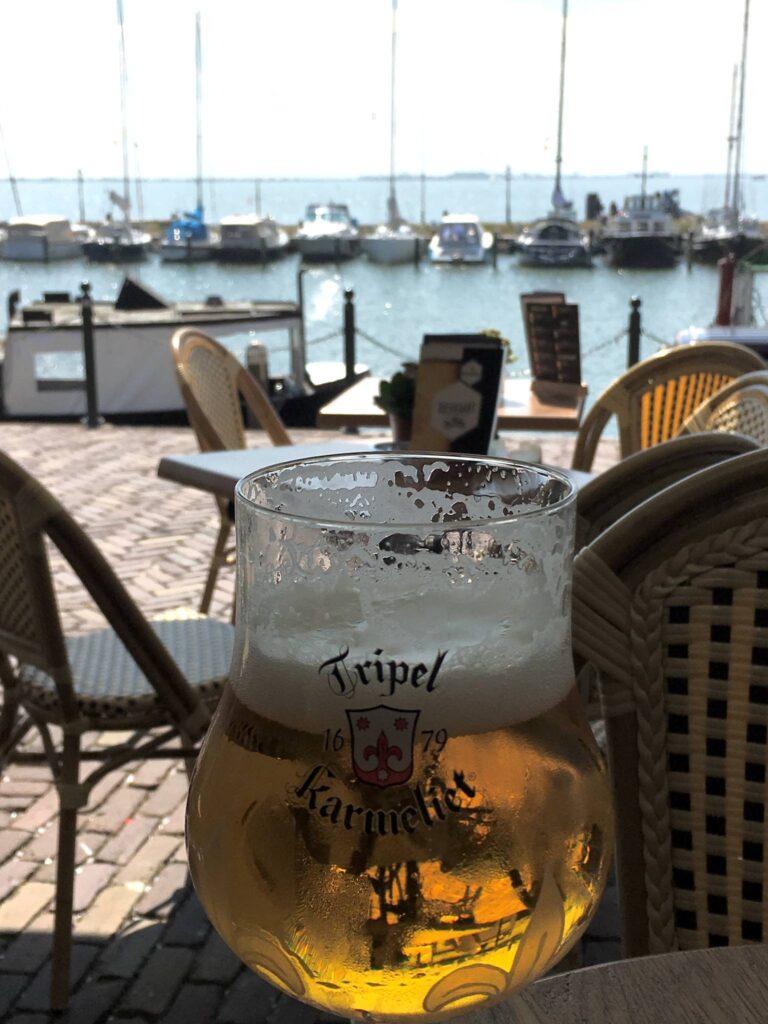
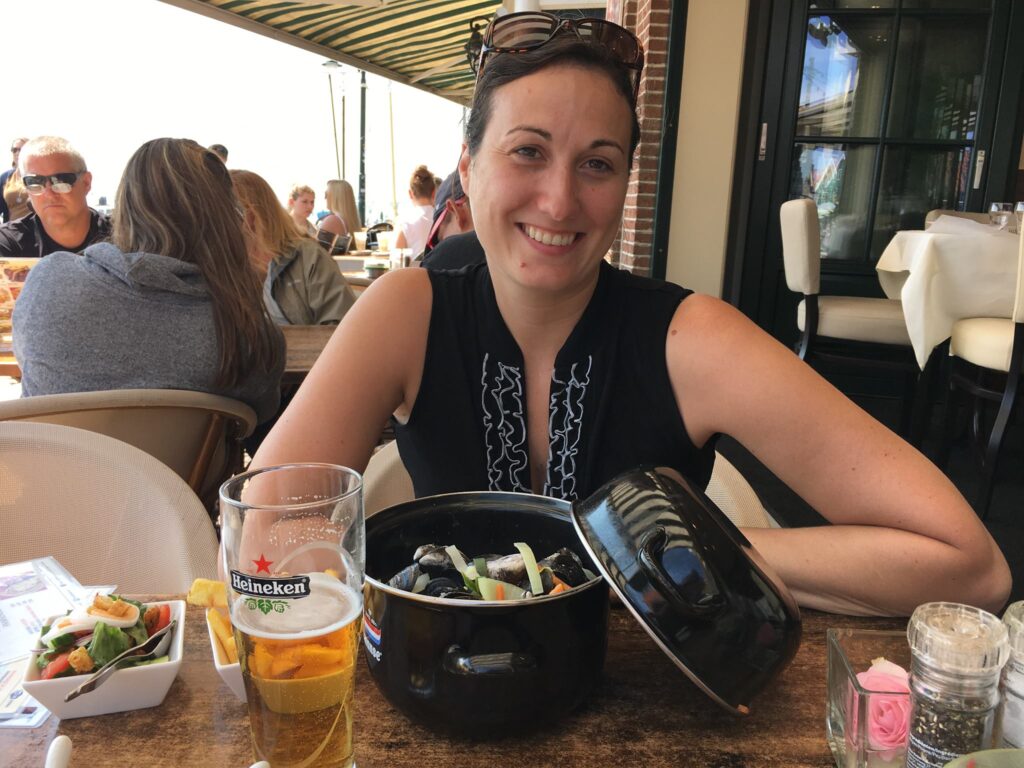
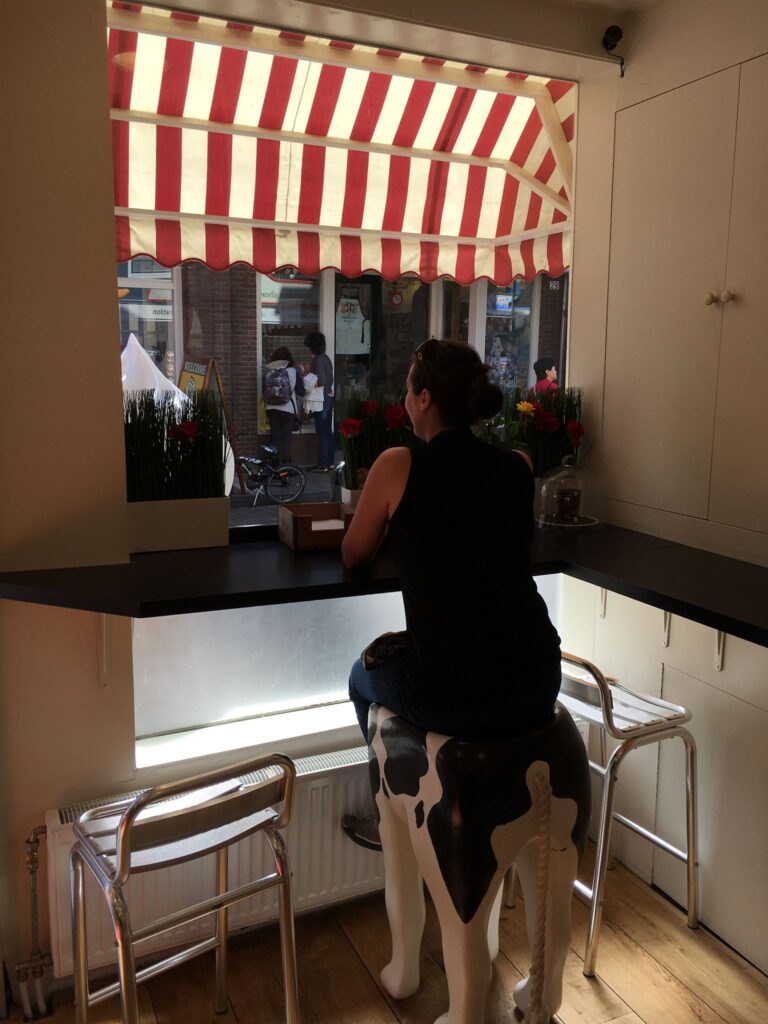



Leave a Reply